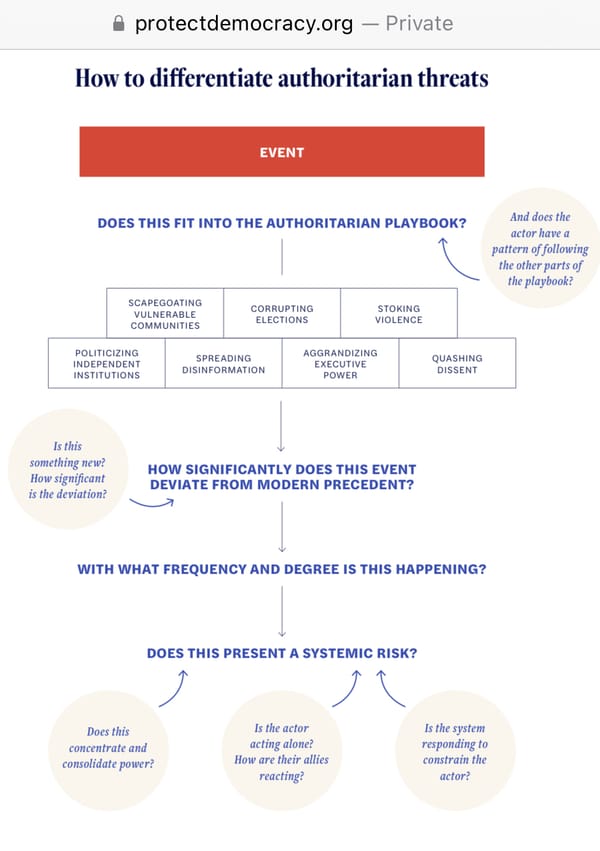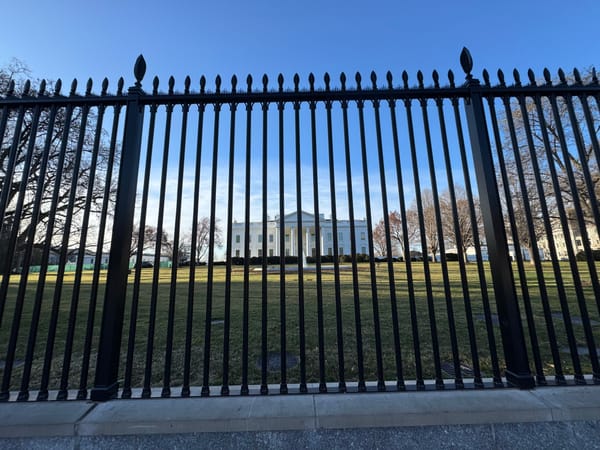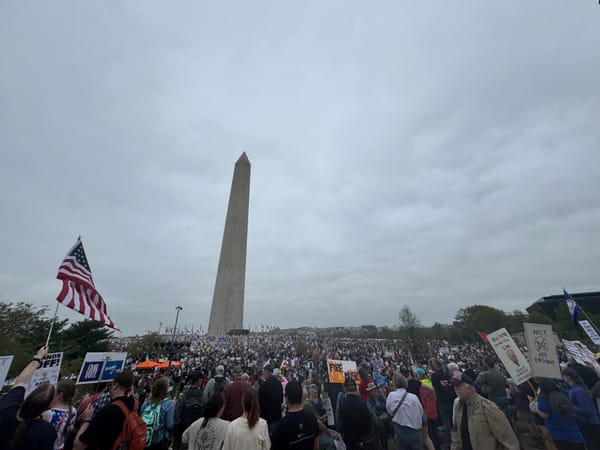What does 21st century infrastructure look like in your community?

Good afternoon from clouded Washington, where I am watching the role artificial intelligence is playing in this weird, intense, and accelerating election season.
If the 2016 presidential race brought “fake news” into our national discourse, in 2024 our challenges to distinguish falsehoods from reality have now reached a new level. It’s no accident: being flooded with a tsunami of manure has helped hide signal in dirty noise, drowning minds in viral pollution or simply leading people to tune out.
This fall, we are seeing campaigns at every levels grapple with disinformation, hacked email accounts, AI-generated media, lethal threat of political violence, and widespread truth decay. Weapons of mass doubt, denial, and distraction are all clouding public discourse and understanding.
As Charlie Sykes observed this week, “not only can [AI] make fake stories believable, but its existence helps those who want to make true stories seem unbelievable. In this election, invoking AI is yet another tool for some Americans to alter facts so that they align with their desired reality.”
I am still awaiting the synthetic pornography falsely depicting a candidate go viral, breaking from fringe forums and x-rated websites into the mainstream — but that’s one prediction I’d like to get wrong.
Make sure to practice good information hygiene online, folks, as we do when we wash our hands offline.
Today, however, I’m thinking about a more concrete topic: infrastructure.

This subject was prompted in part by seeing an unoccupied electric vehicle charger on the National Mall this week — and also by my niece waiting to travel until their electric car had charged up at a station a short drive away. The United States doesnt have enough such chargers nationally — yet.
For many years, I’ve been taking photos of infrastructure during my travels around DC, the United States, and beyond, with an eye on novel additions that connect online resources through offline installations, enabling people to help themselves or others.
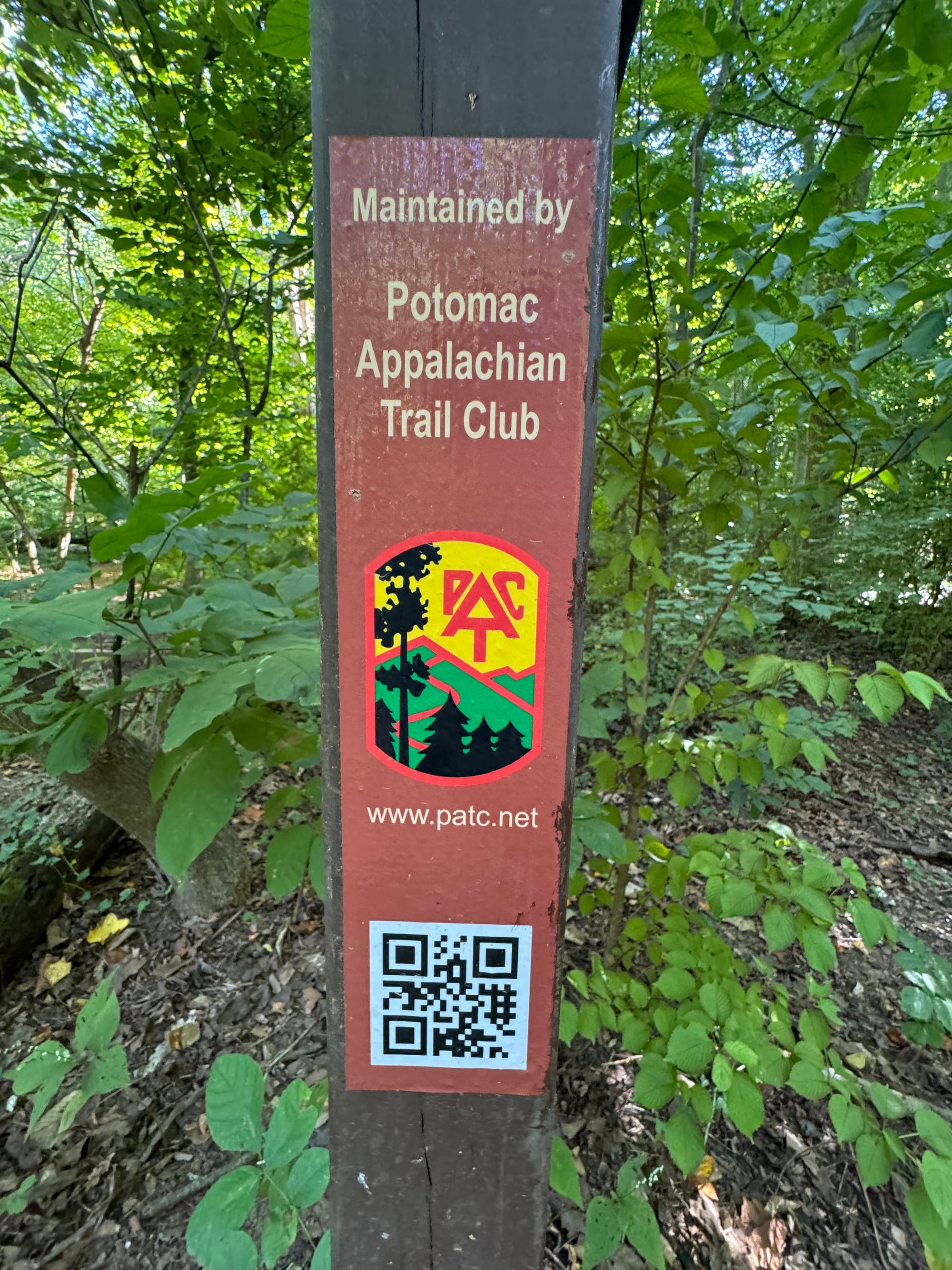
The pandemic gave us many more of them, along with the mainstreaming of QR codes.
Last week, I saw a new “SaveStation” near Eastern Market that not only made an automatic electronic defribilator available but showed how to use it.
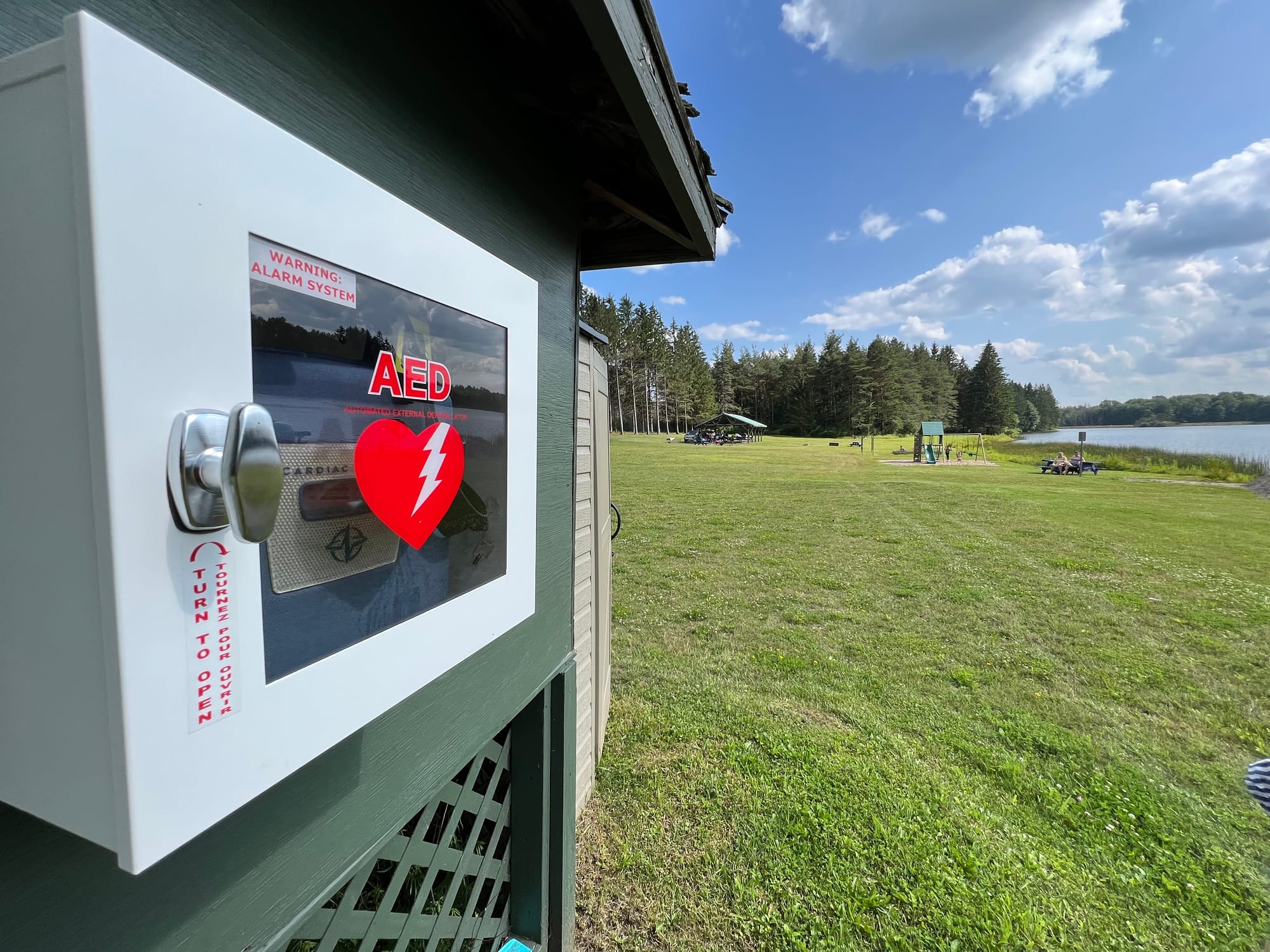
I’ve been following how tech can connect people to AEDs for many years, like the Pulsepoint app, so this was of great interest.
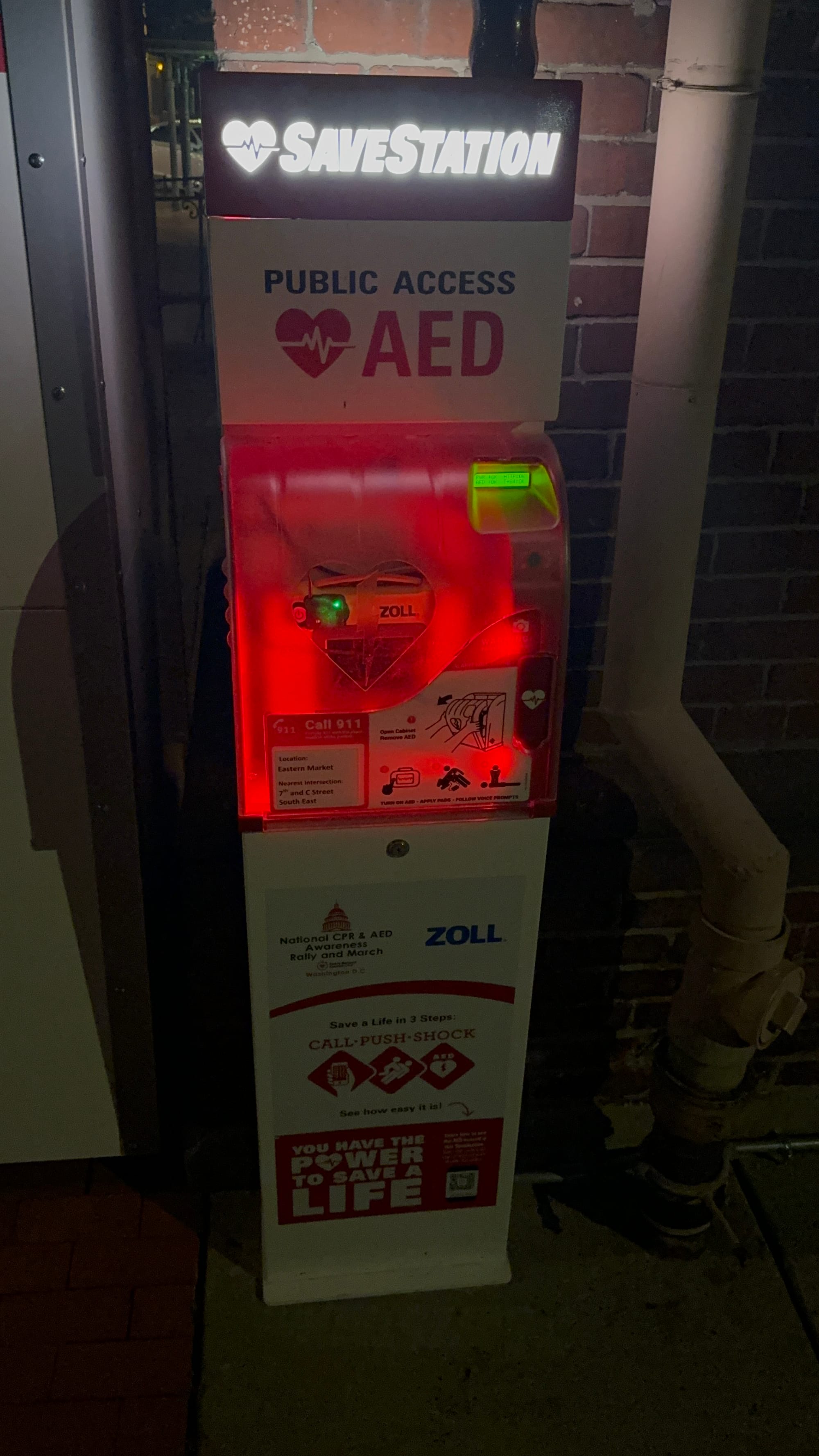
Novel infrastructure isn’t just for livesaving. Humans have basic needs that go back as long as civilization itself, as I was reminded in Estonia when I visited Talinn and tracked down an accessible public bathroom in the medieval quarter.

I’m now seeing new public bathrooms pop up around DC, too, called “Thrones.” If you text them, they open up.
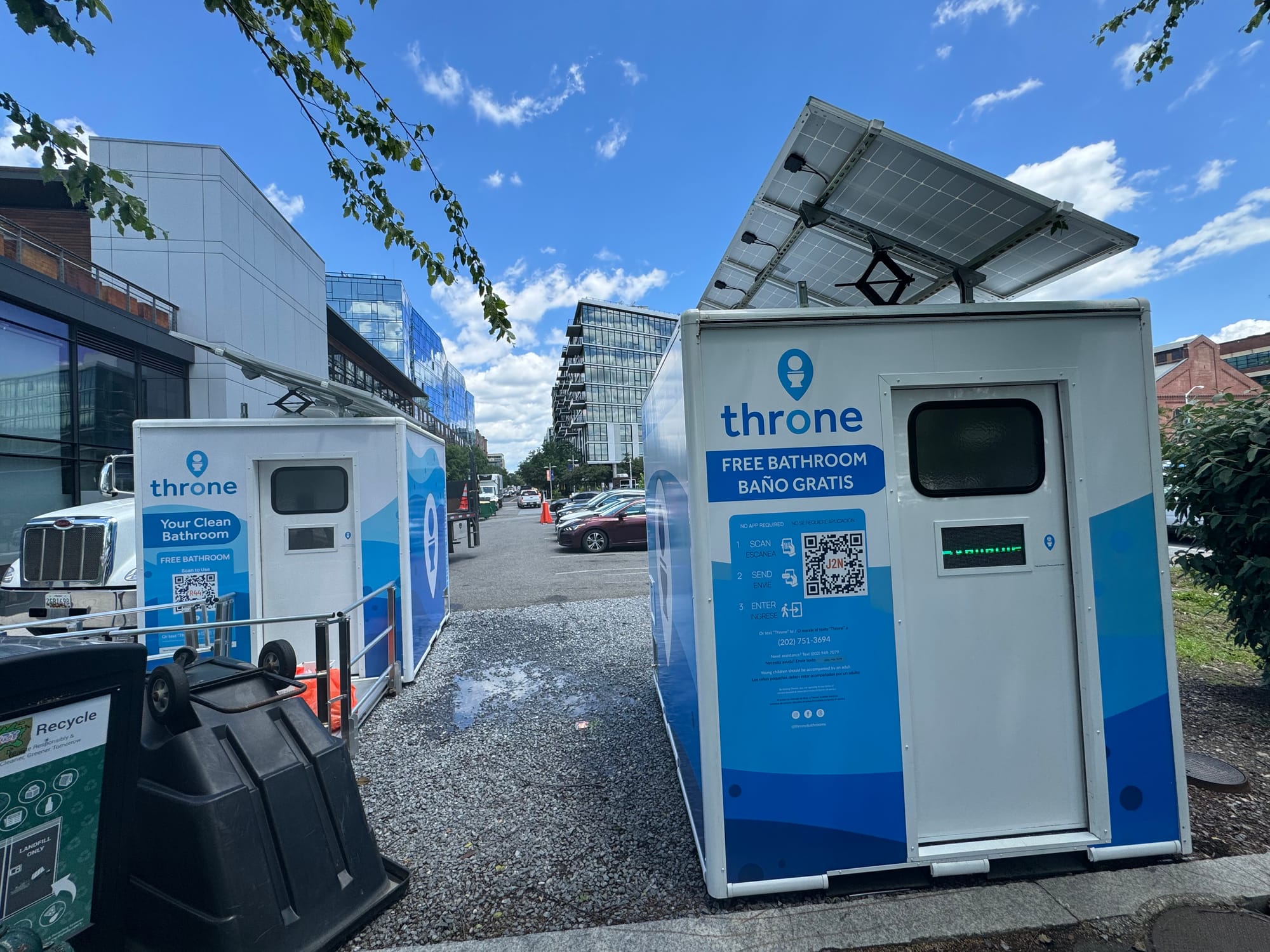
I’m watching old infrastructure decay, too, neglected in an age when most adults carry cellphones.

21st century infrastructure can charge itself, along with our devices.
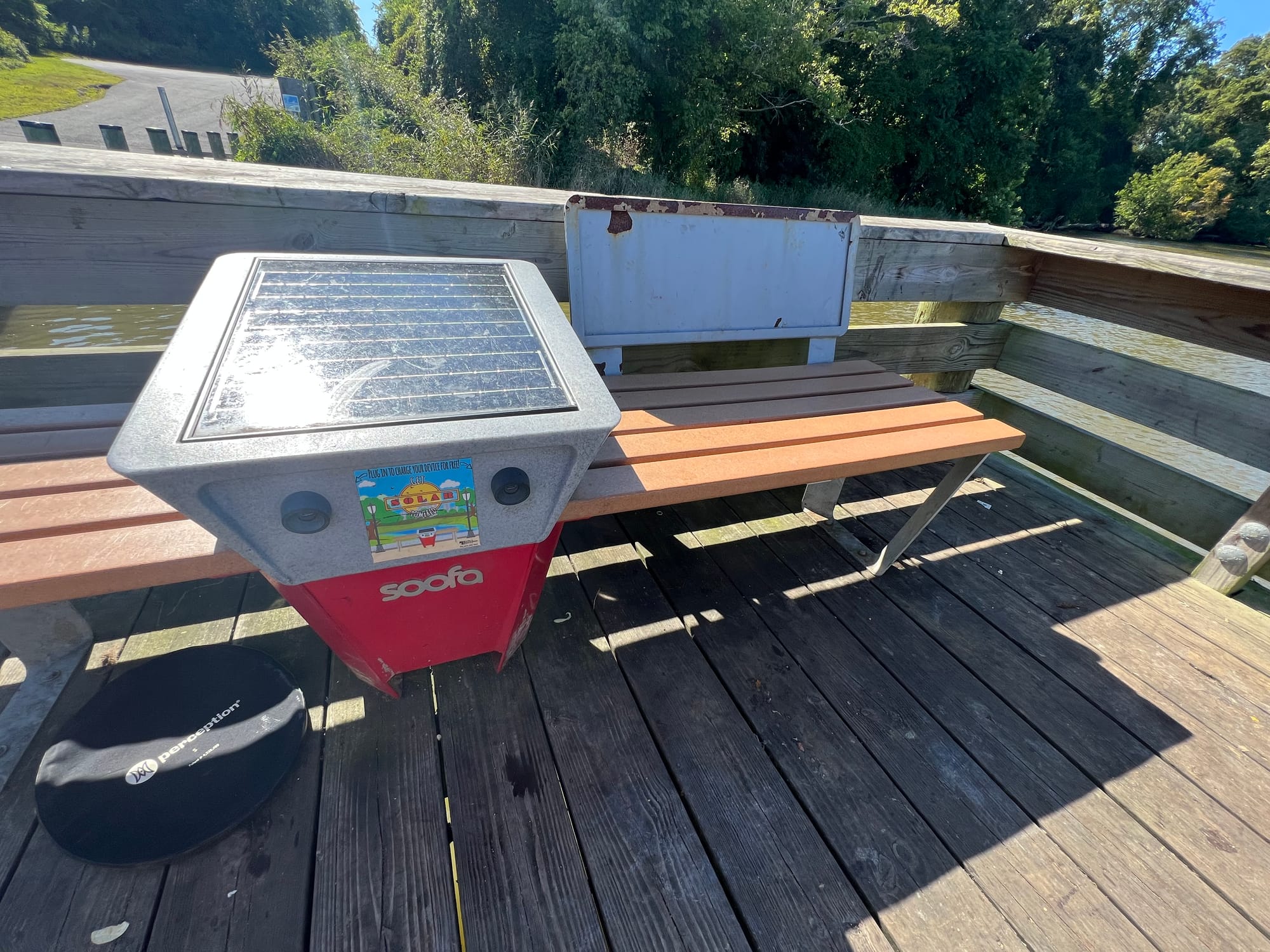
Sometimes infrastructure from another age endures and is repurposed as public art, like the old callboxes around Washington, long since disconnected from the fire houses they once would call. I hope we see holograms in the phone booths in the Congressional office building that provide constituent services, someday.
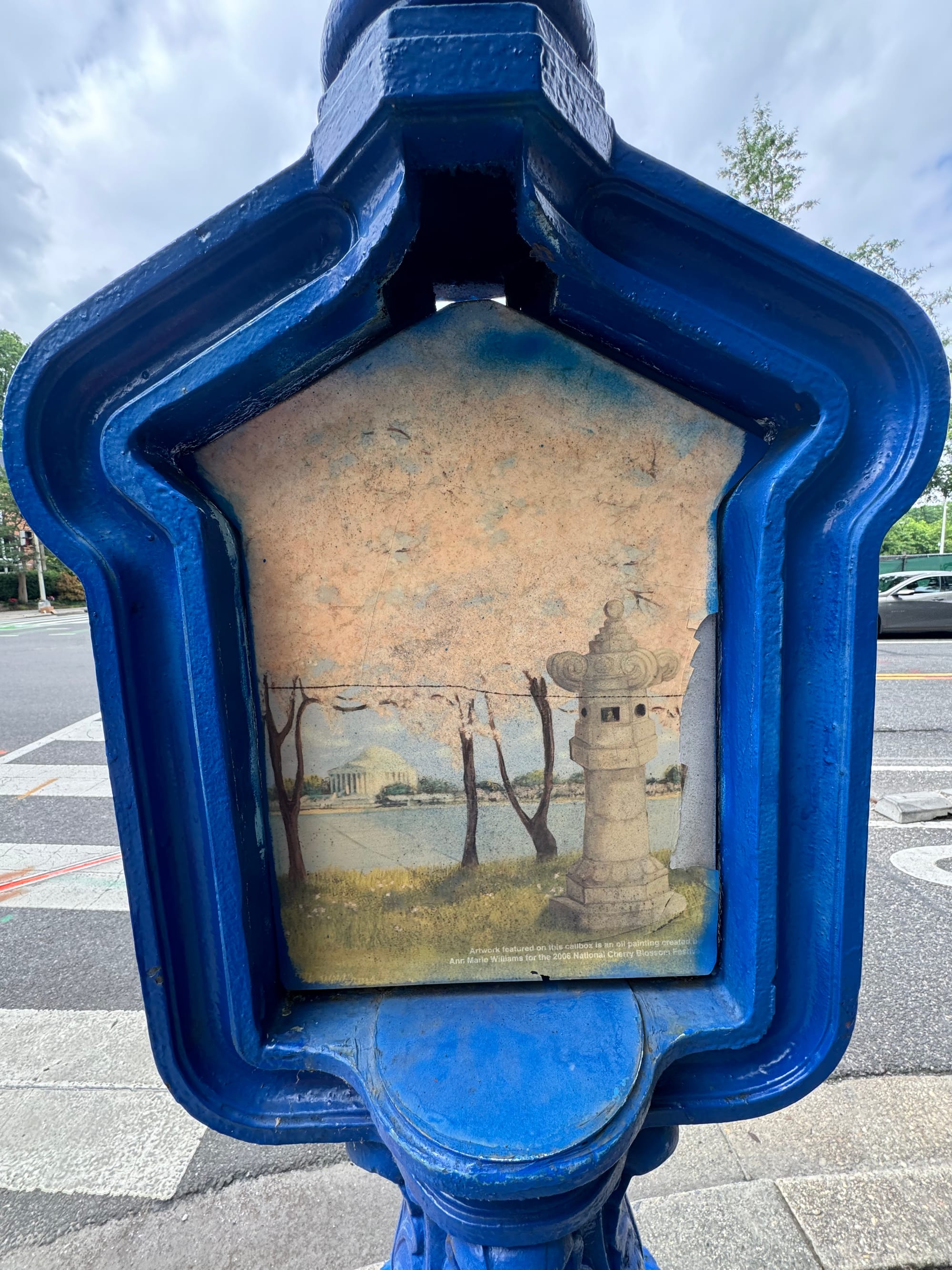
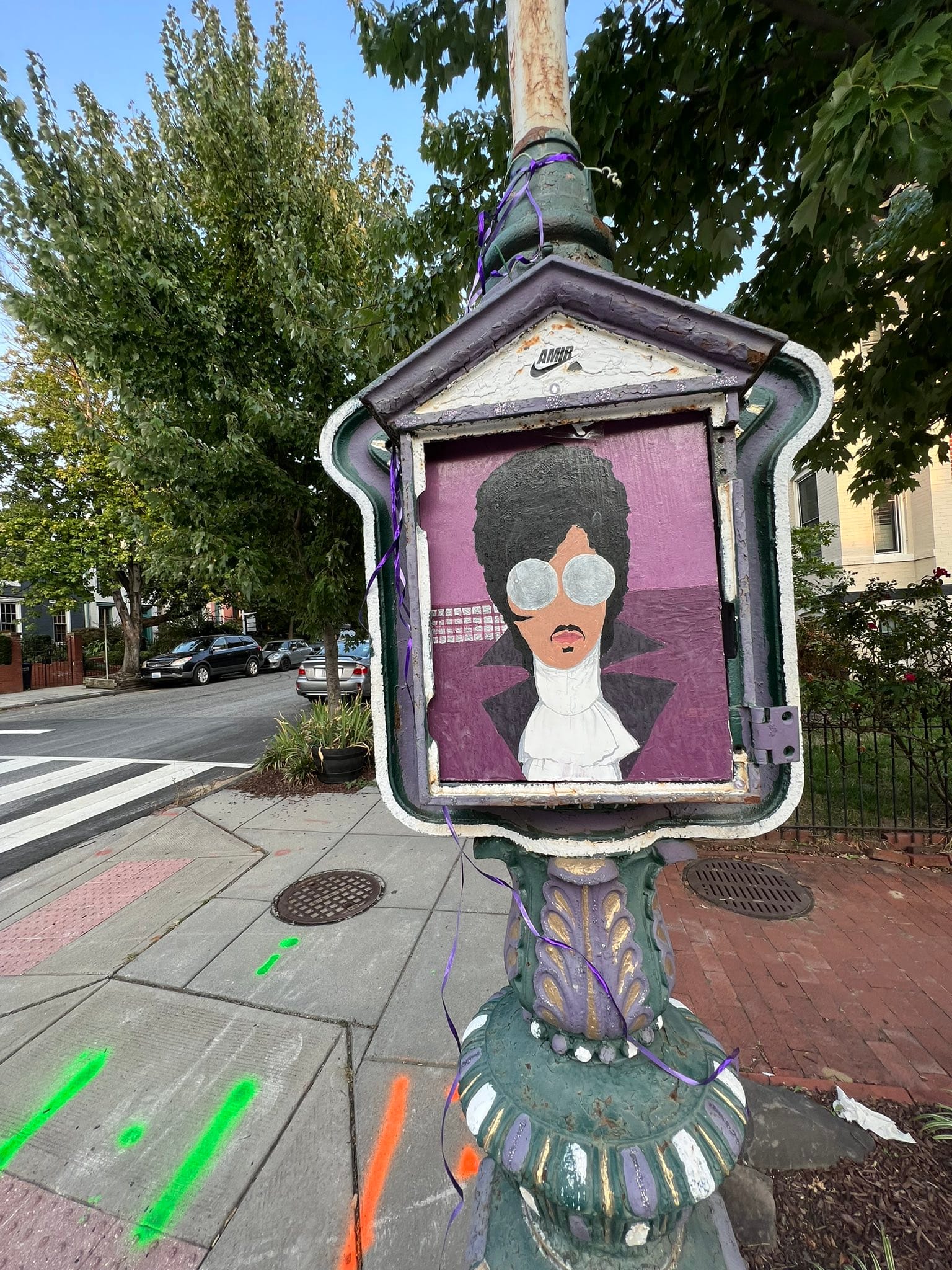
I’ve only found one such call box with a phone, but no dial tone in it.
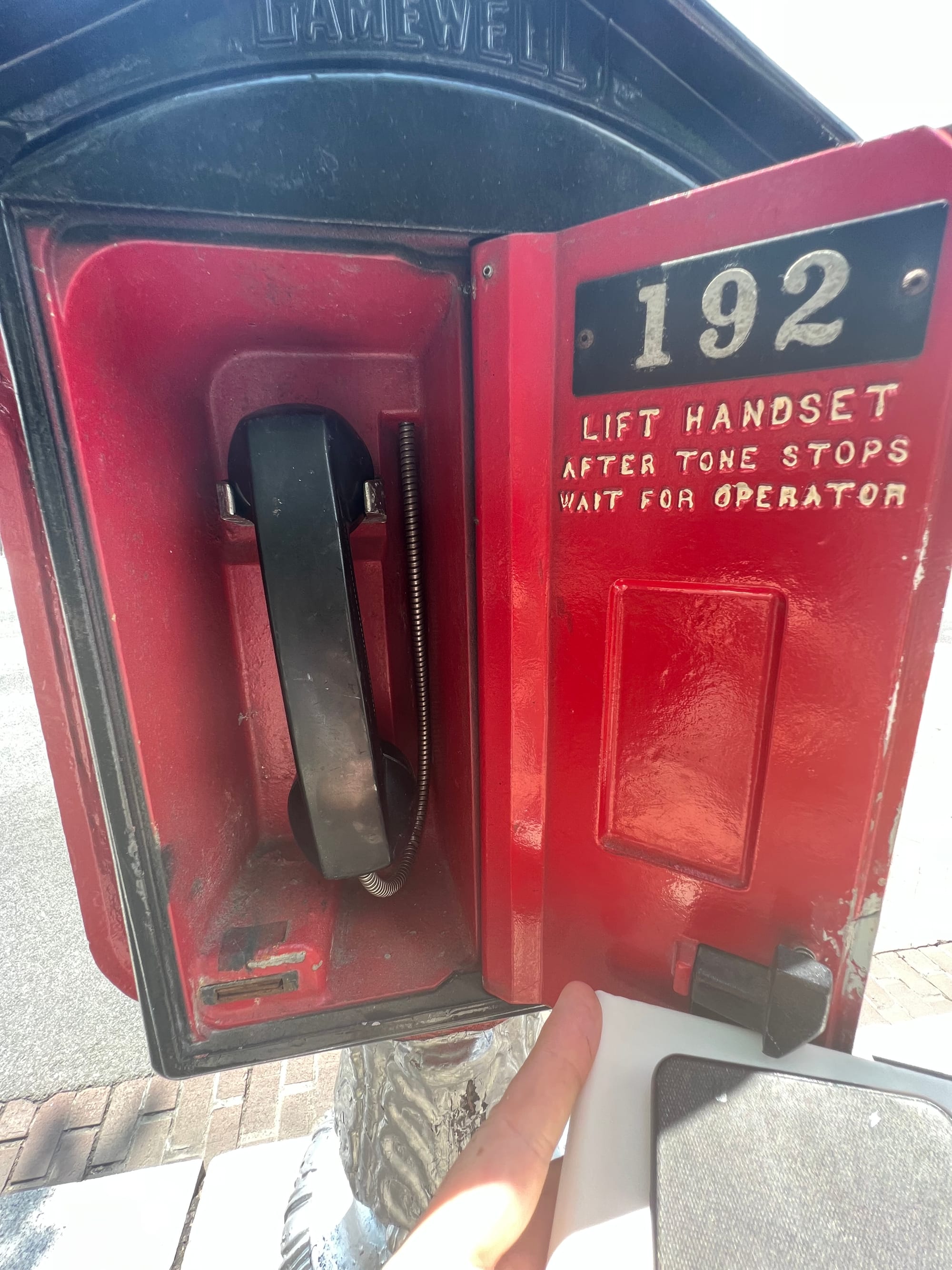
Infrastructure can look like bike maintenance stations with air and tools, too, like this one in Baltimore.
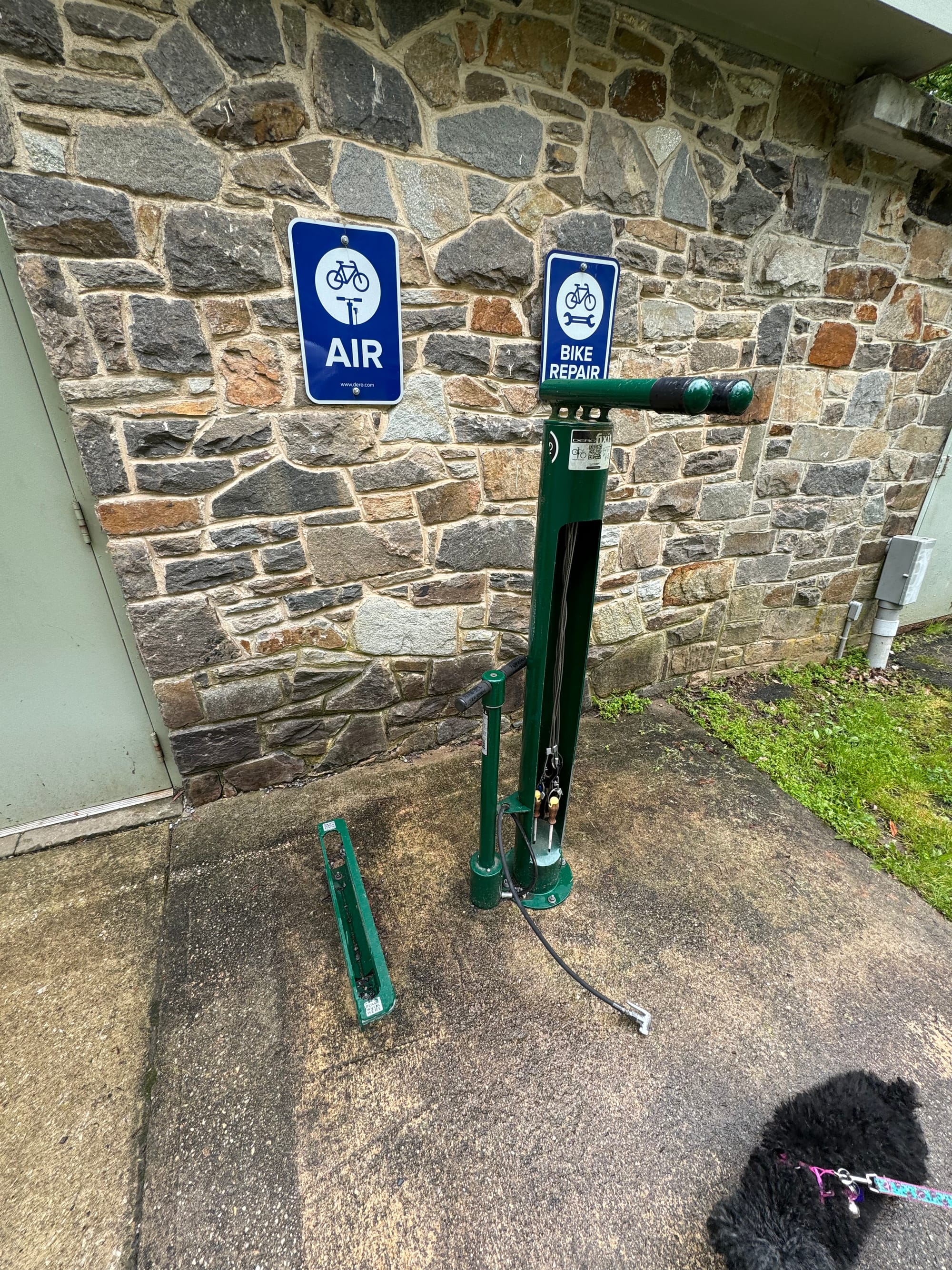
I found one in Ottawa, too, near Parliament. (While DC is more bike-friendly, they aren’t to be found around the Capitol yet)
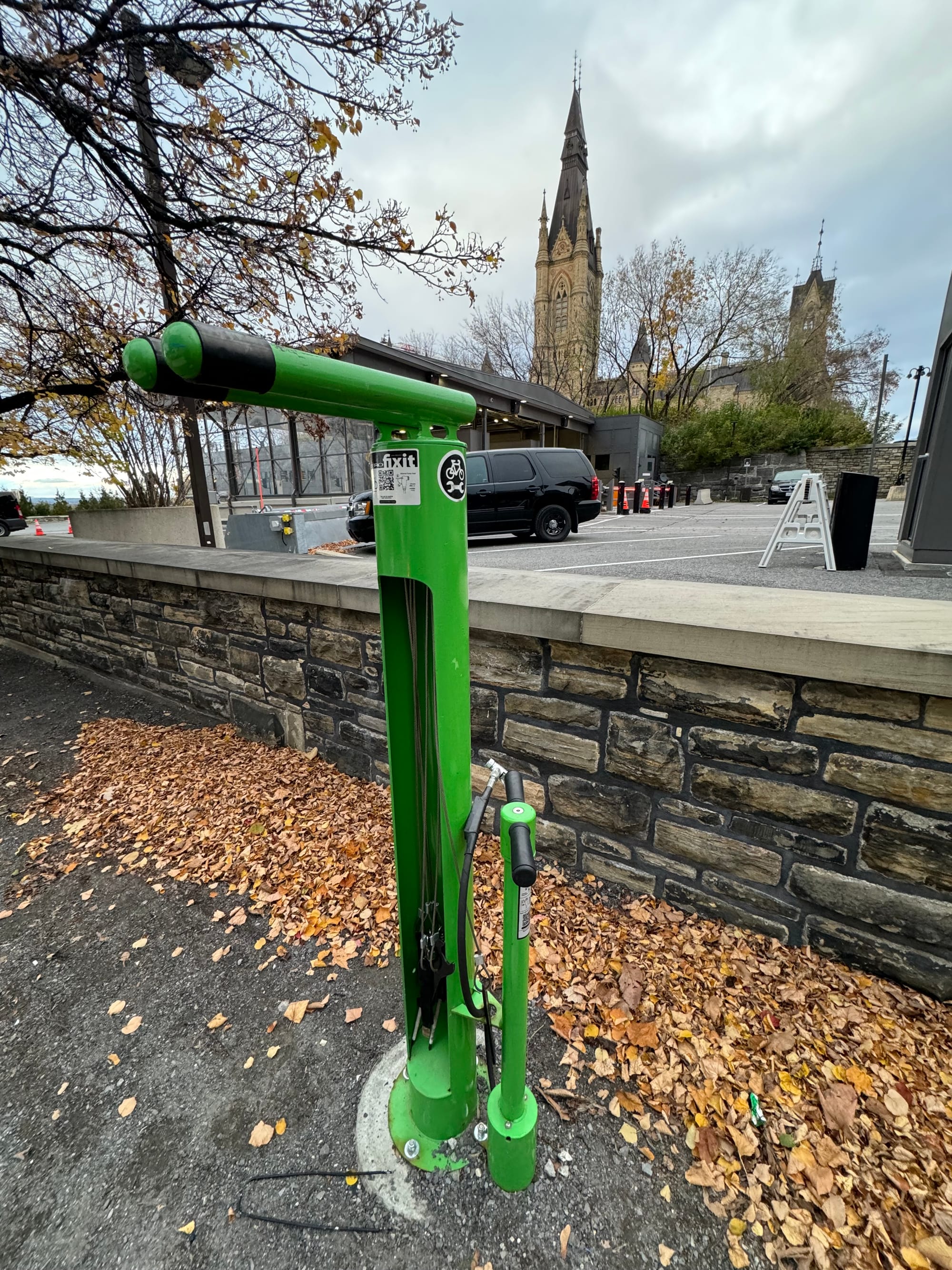
Infrastructure can look like new bridges and bike paths, too.
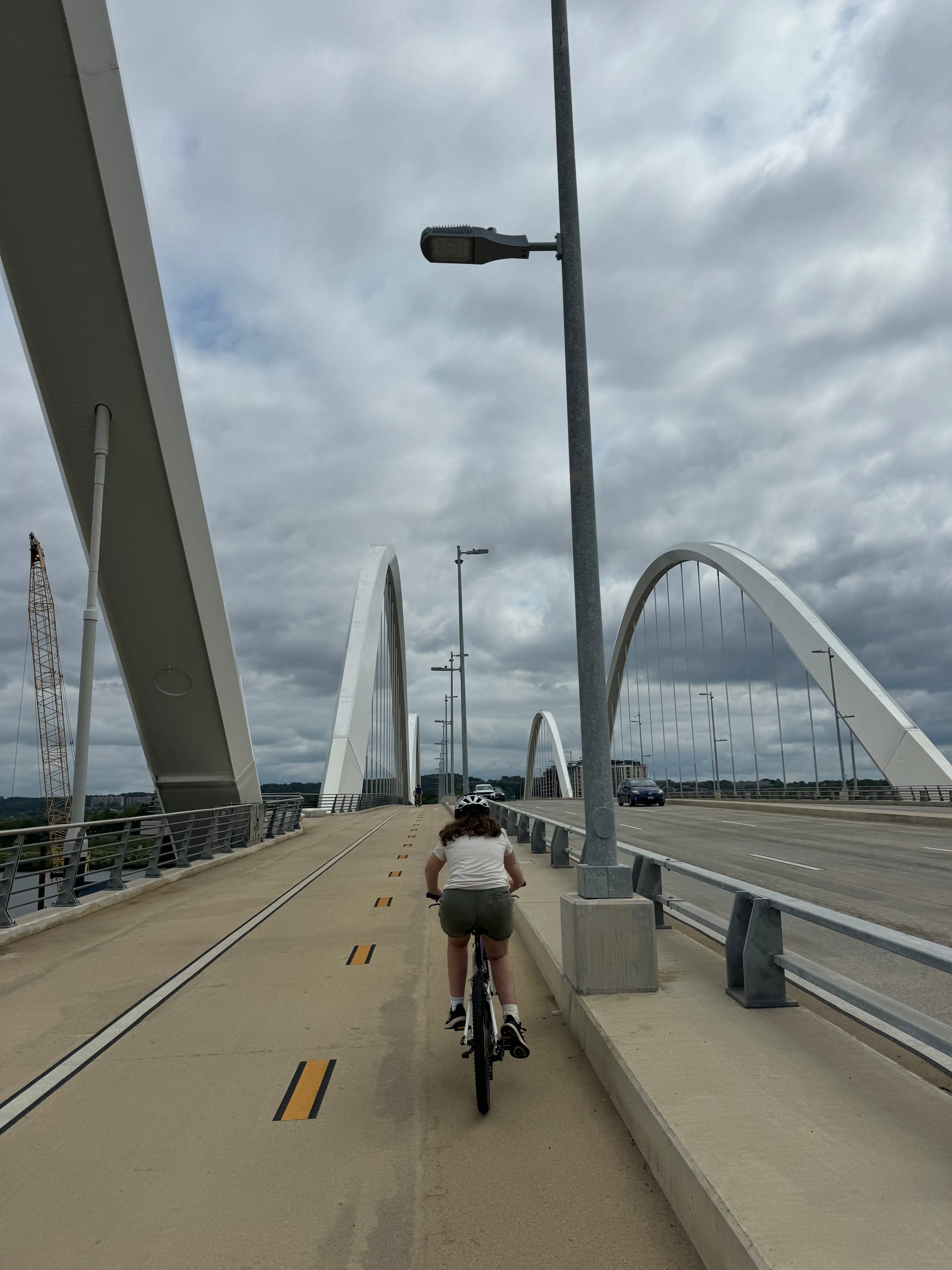
Or it can look like accessible paths in gardens and museums.
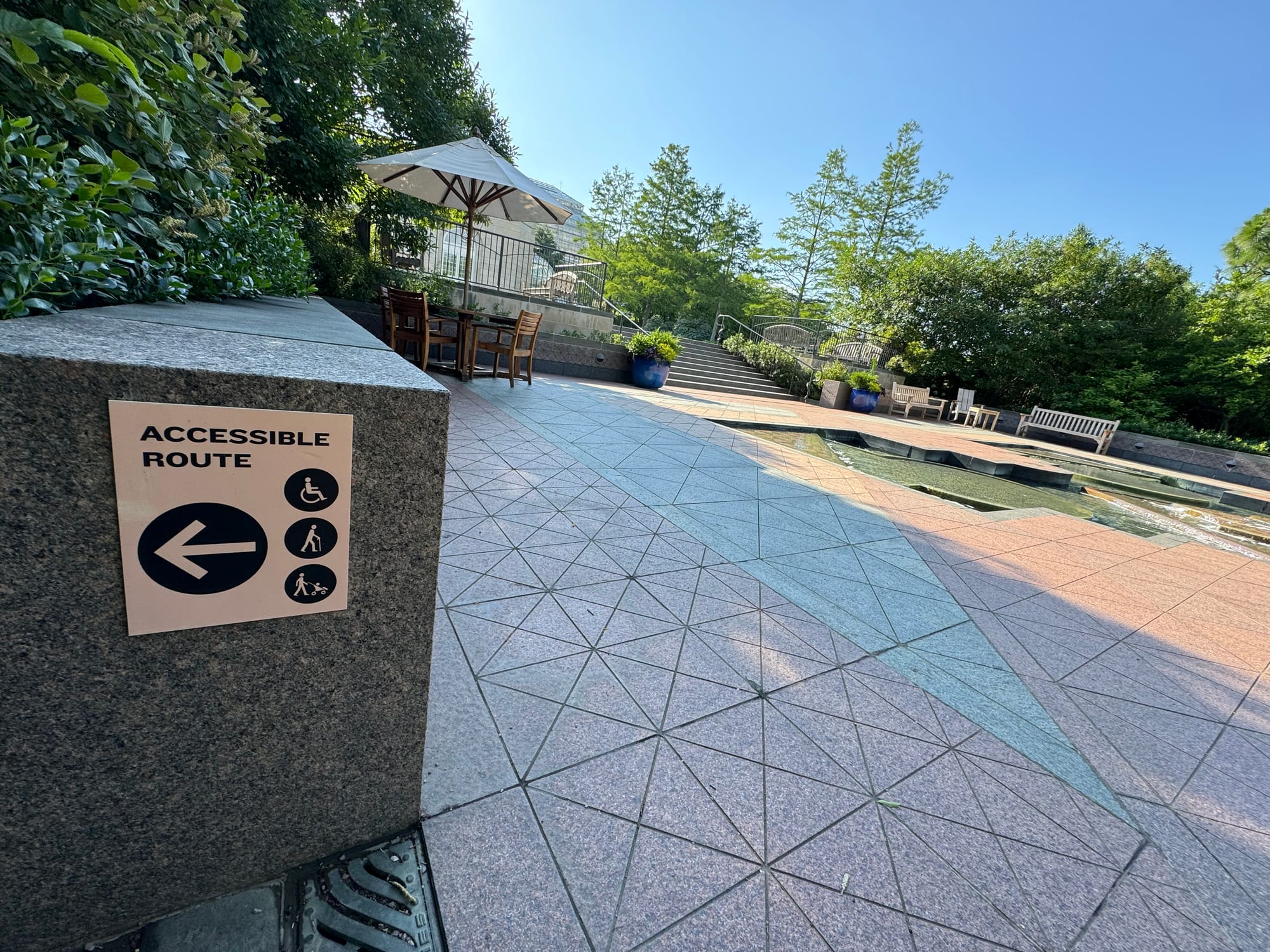
Infrastructure can also look like emergency warning systems that alert people to natural disasters or public health risks — or to members of community who need help.
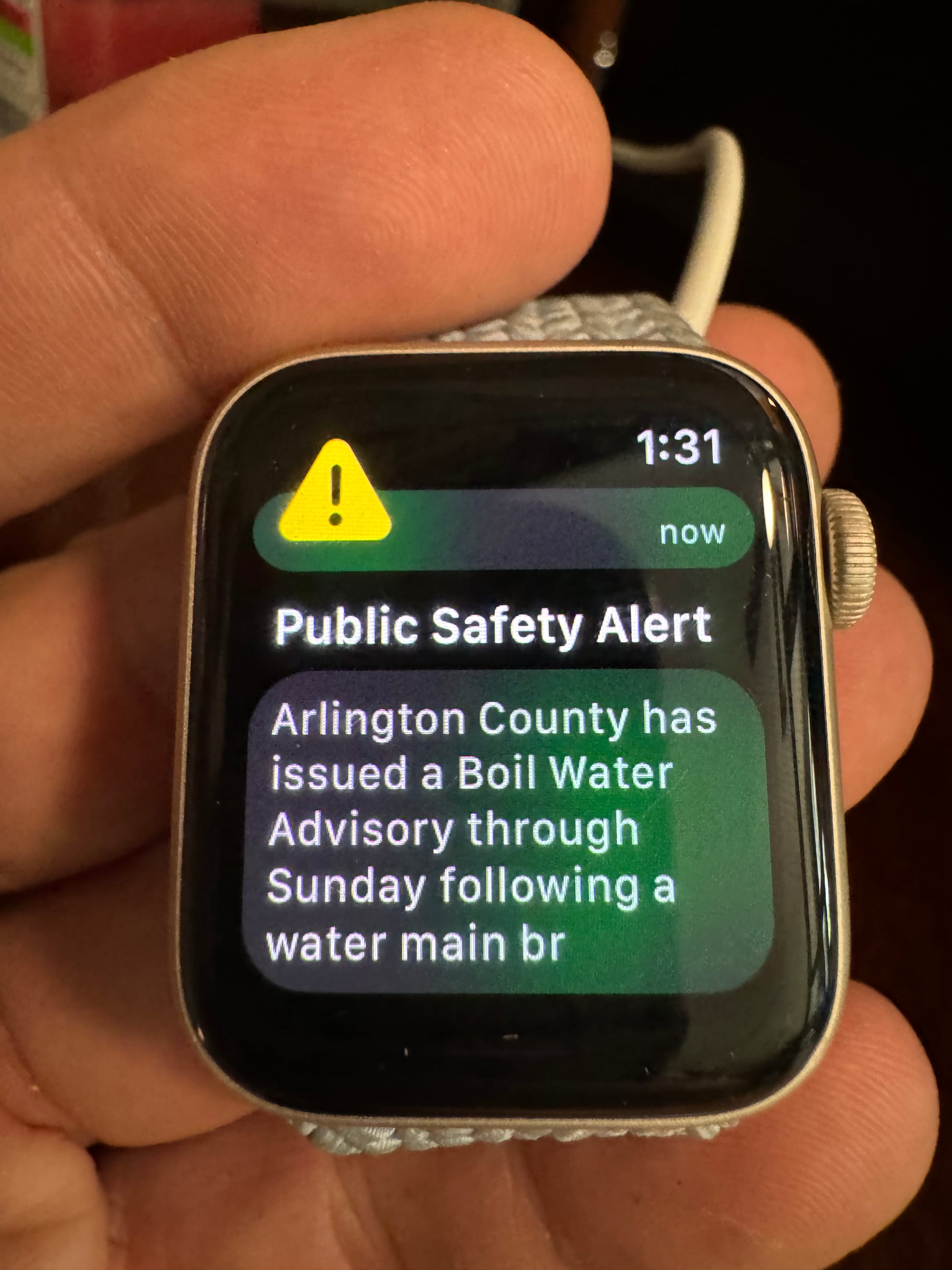
In an ideal world, infrastructure is available to people when and where we need it.
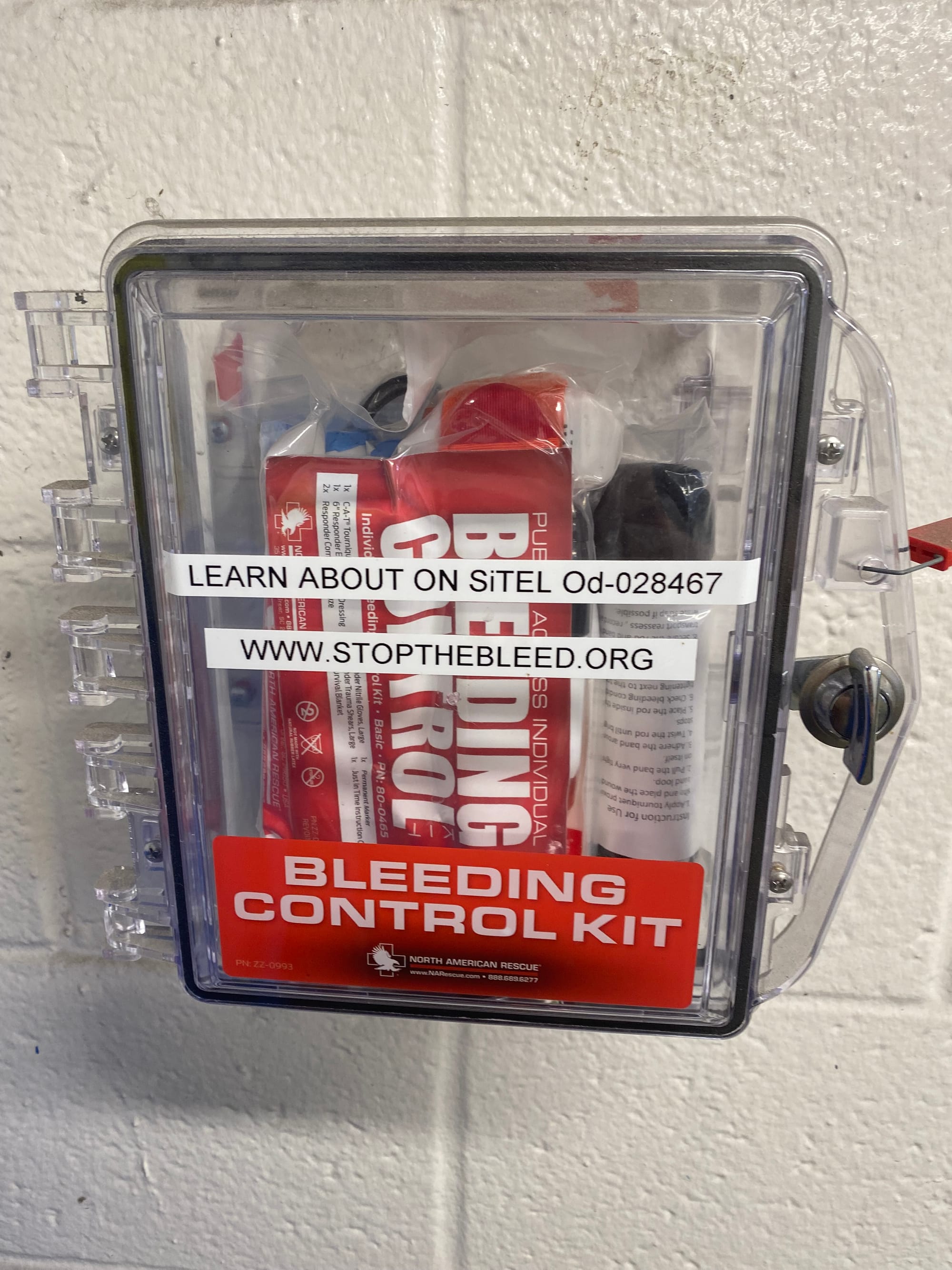
Public libraries are some of my favorite infrastructure, wherever I travel.
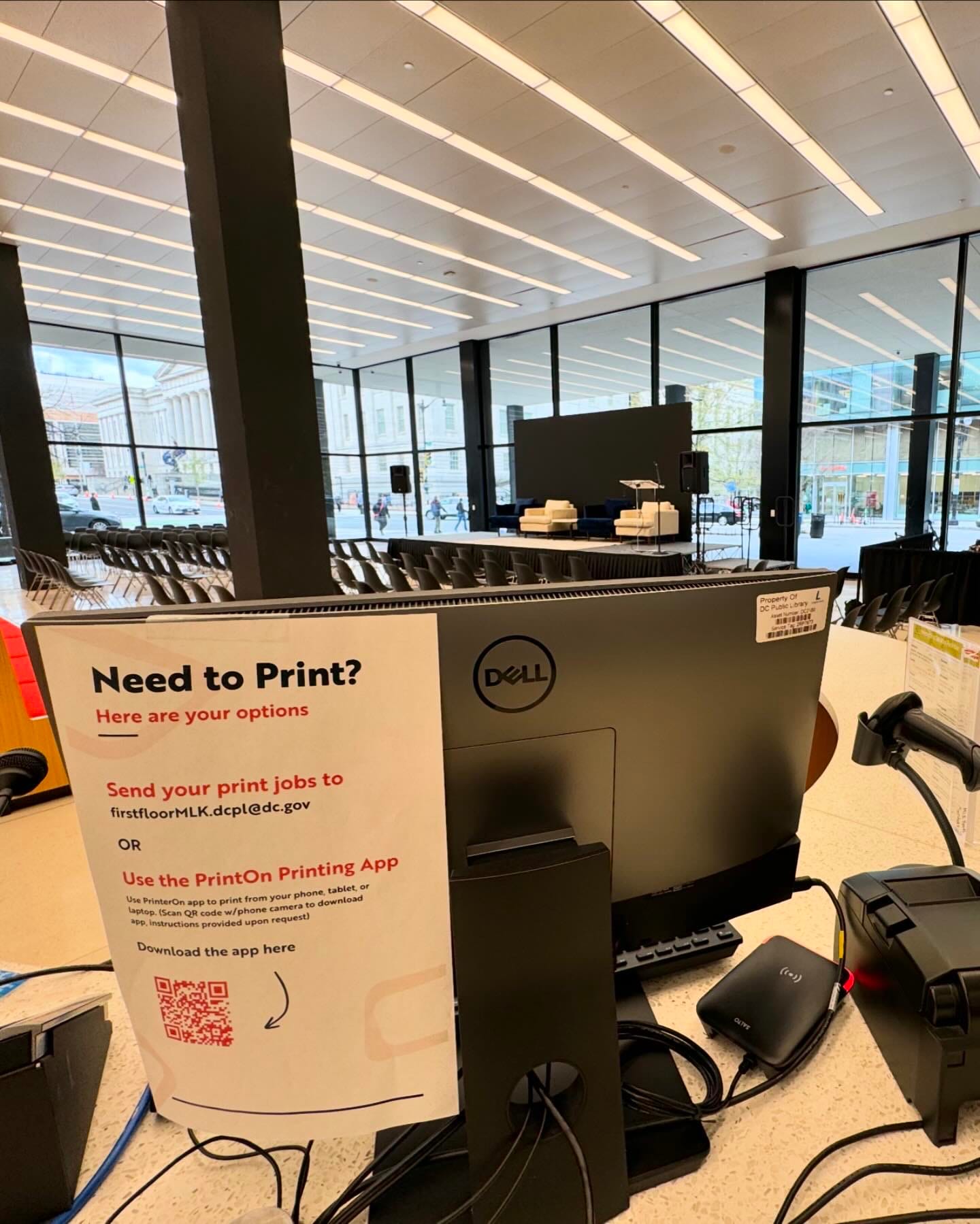
In 2024, libraries include not just public printing but 3D printing and laser cutters.
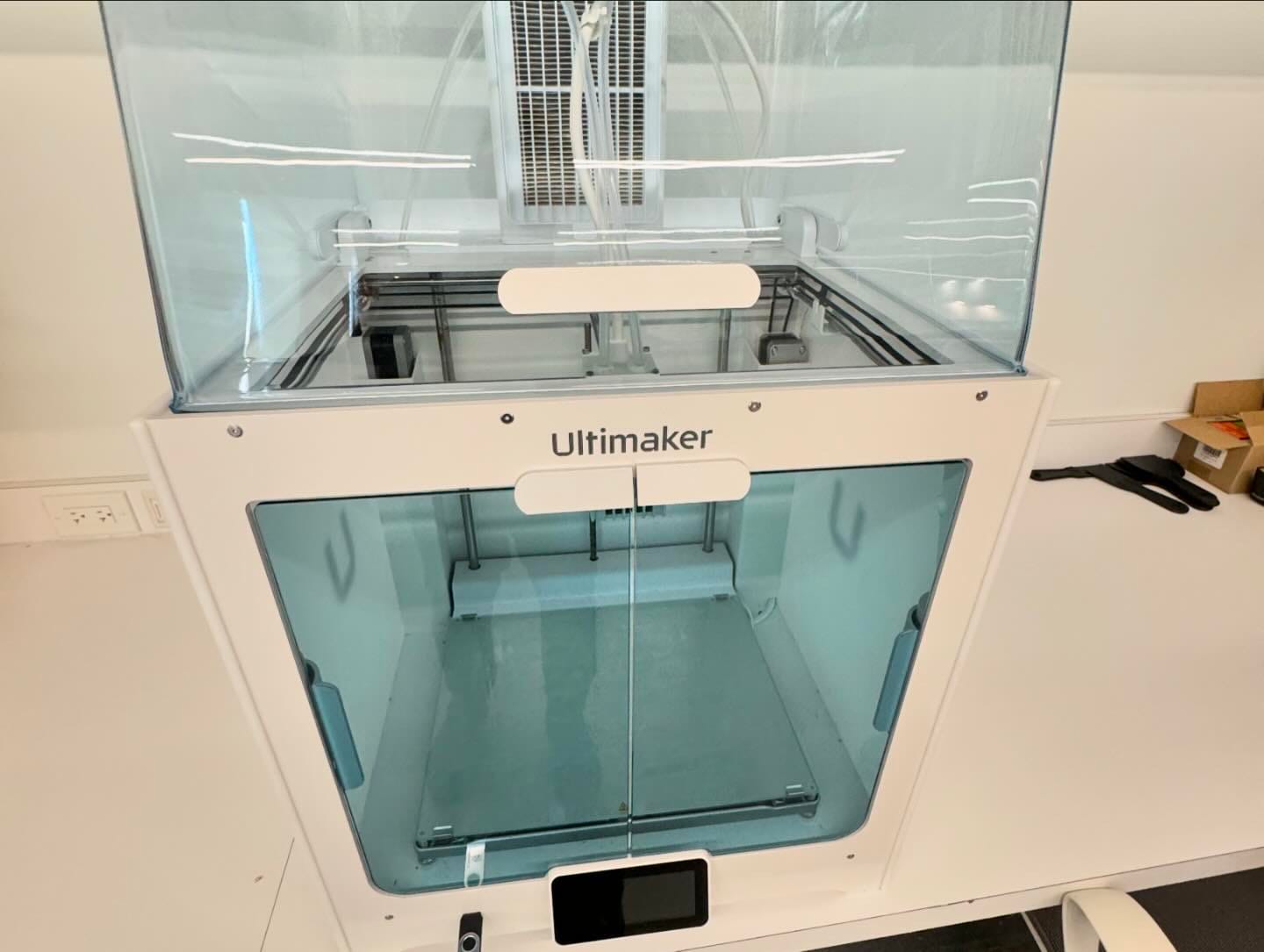
I love public water fountains, too, particularly new ones designed to fill bottles.
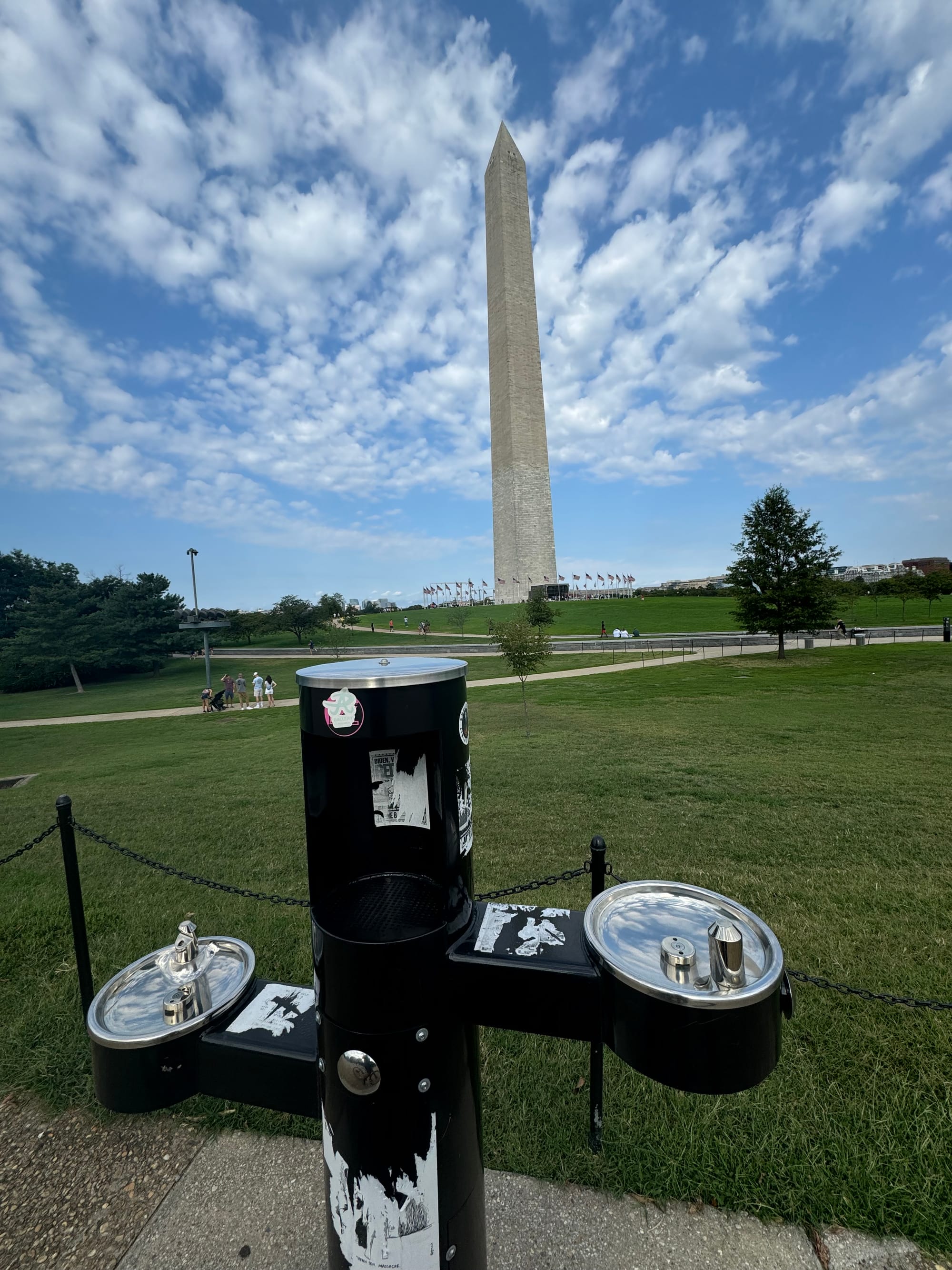
I mourn when they run dry, aren‘t maintained or aren’t turned on by cities or park services.
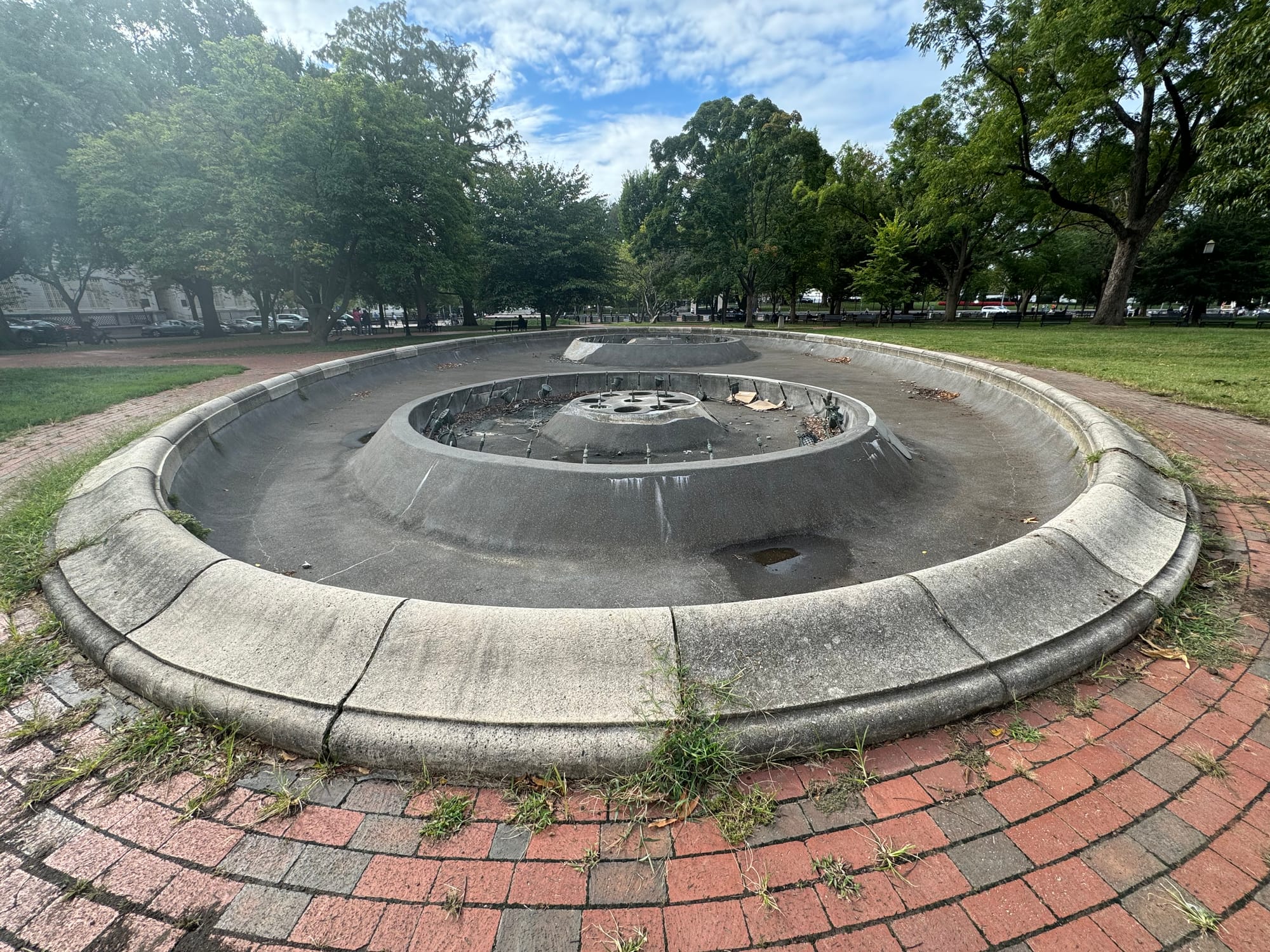
Hopefully, the public fountains and the public bathroom in Lafayette Park will open again soon, four years after the fires that closed them.
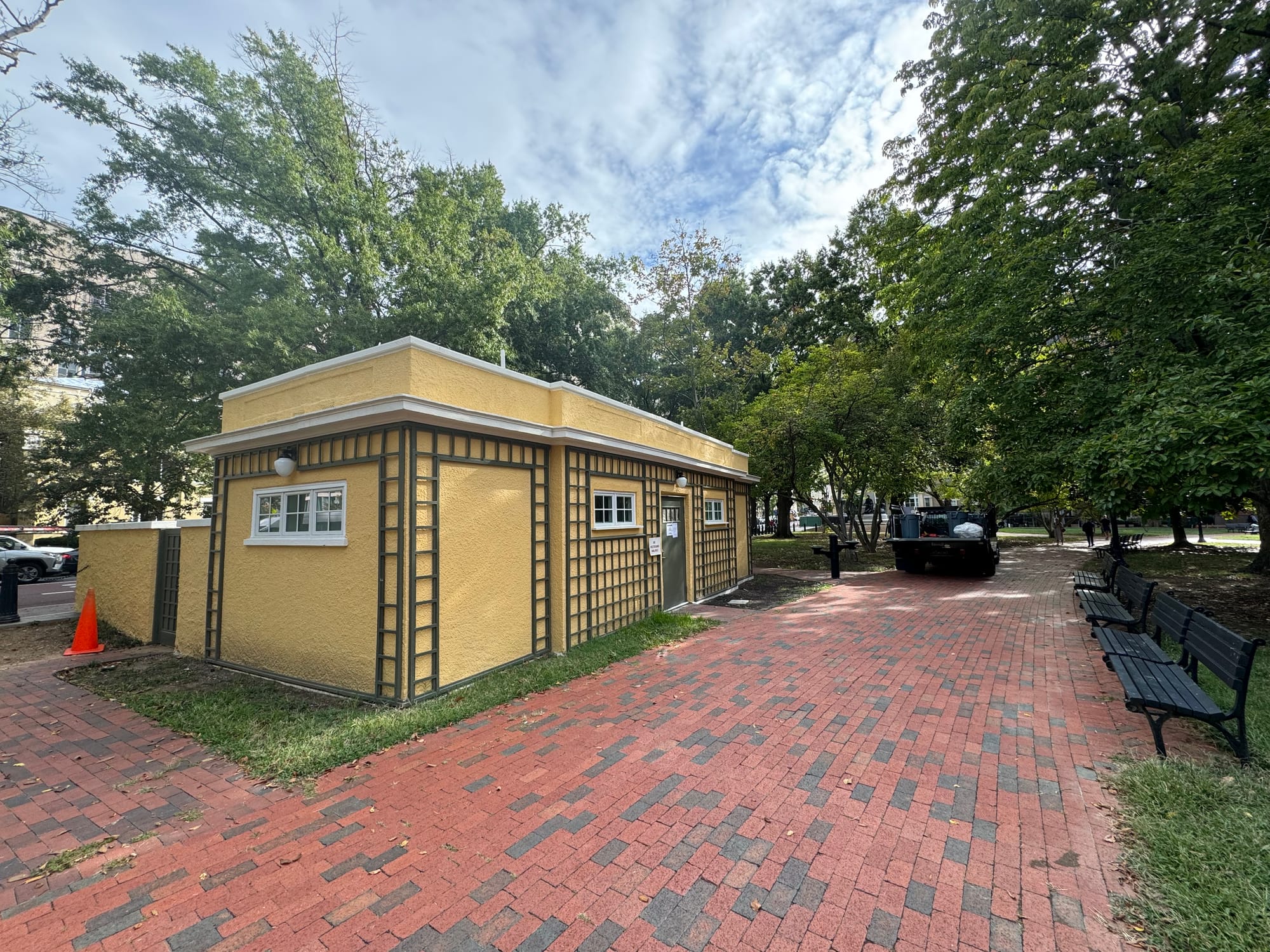
I’m less enthused about crypocurrency ATMs, though for folks who need to convert virtual currency to physical bills, they are crucial.
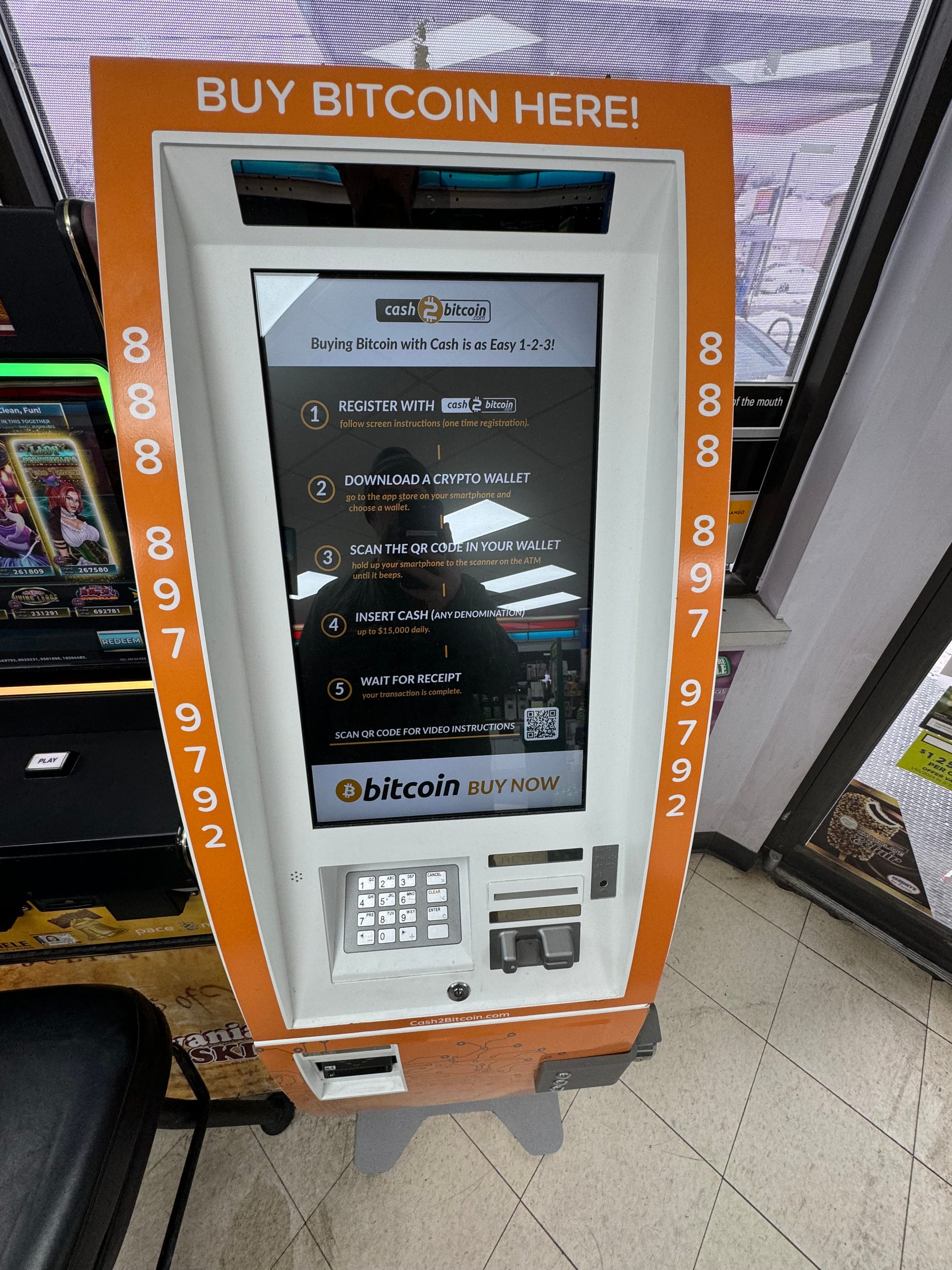
Open government data is a form of civic infrastructure, too, as are systems that enable us to generate data through 311 reports.
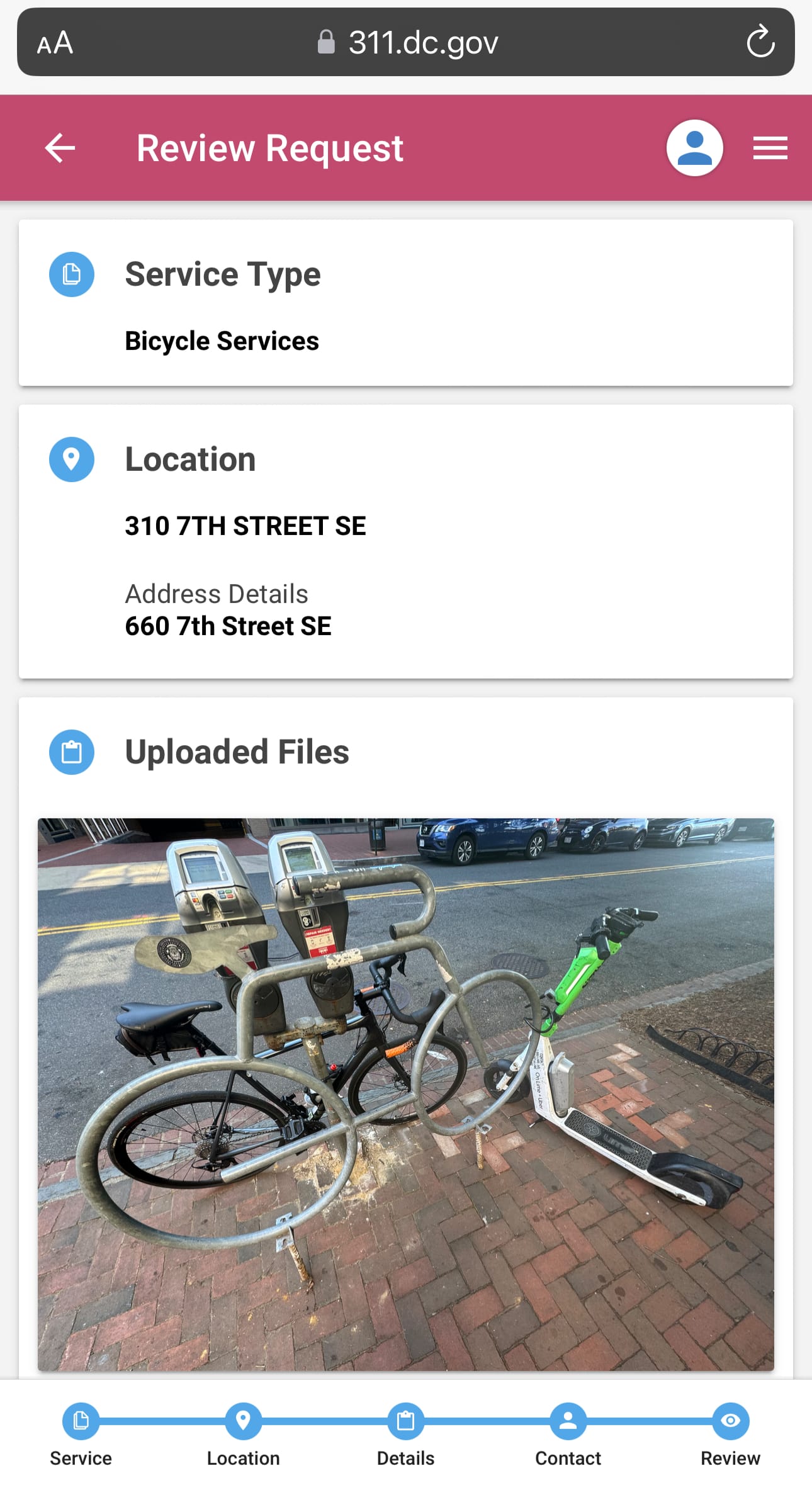
Internet access is now an essential form of civic infrastructure, too.
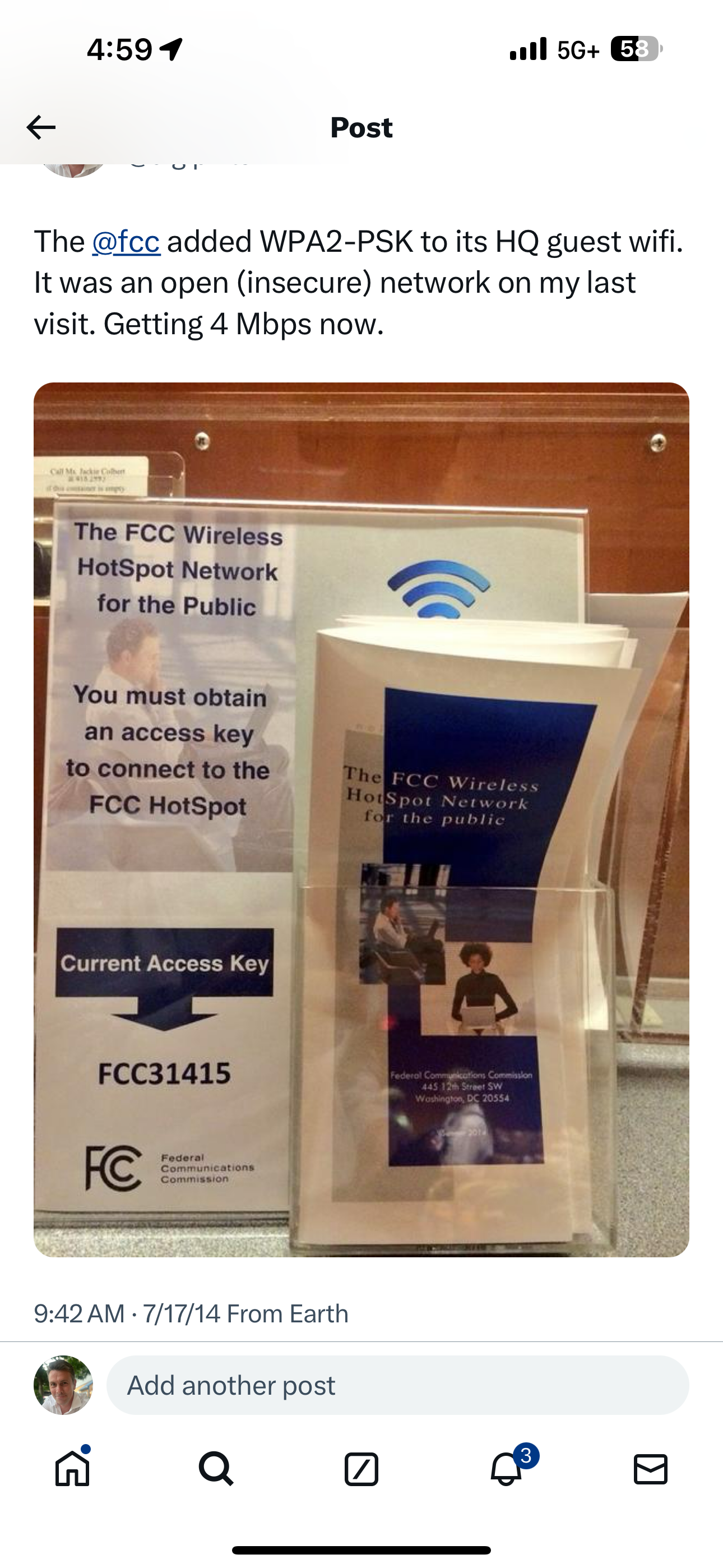
Some of my favorite infrastructure is provided by members of communities instead of local governments, like little libraries or this amazing puzzle library.
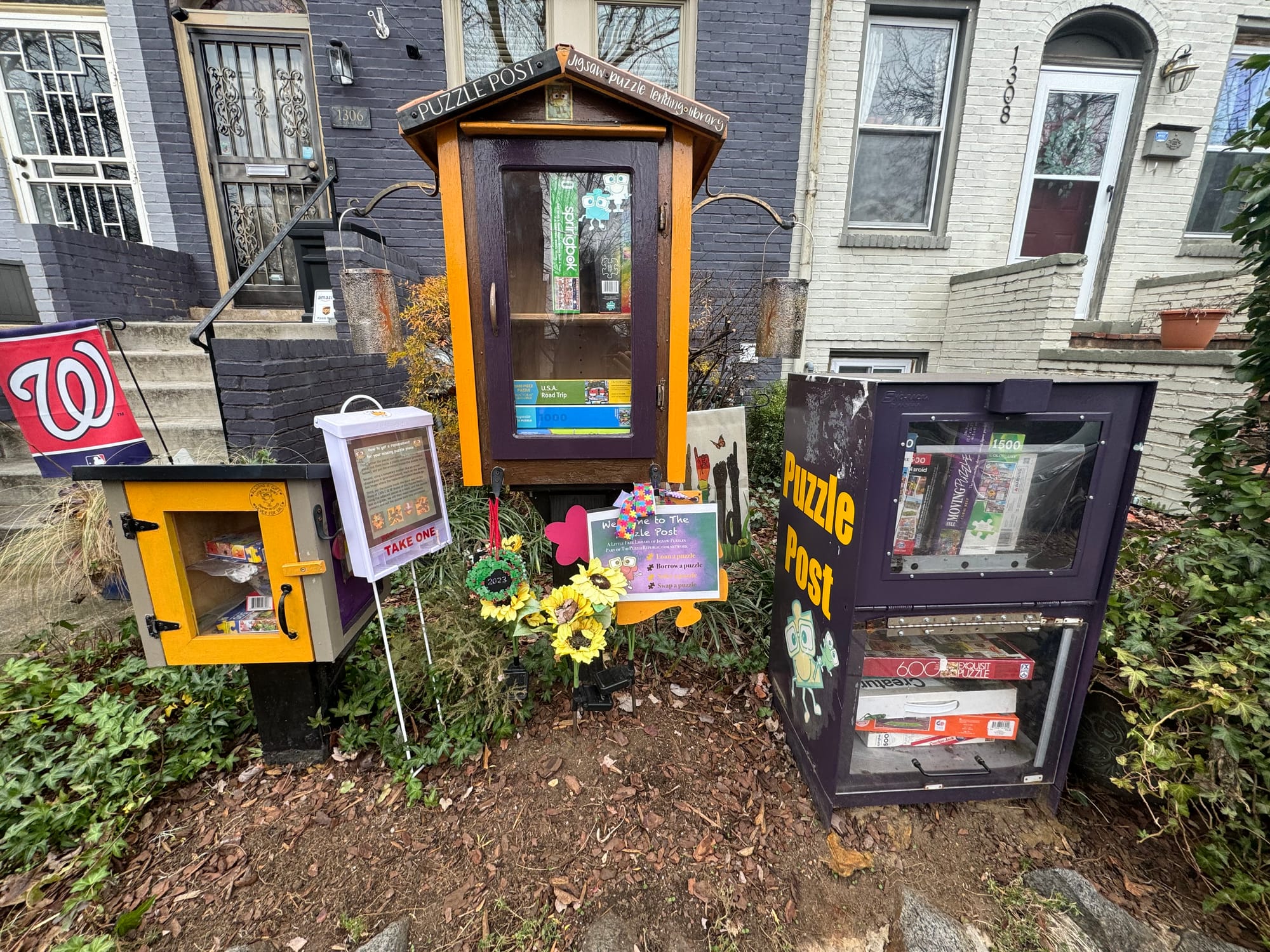
Voting infrastructure is also wonderful to see, in communities that seek to make it easier for eligible voters to safely and securely cast a ballot.
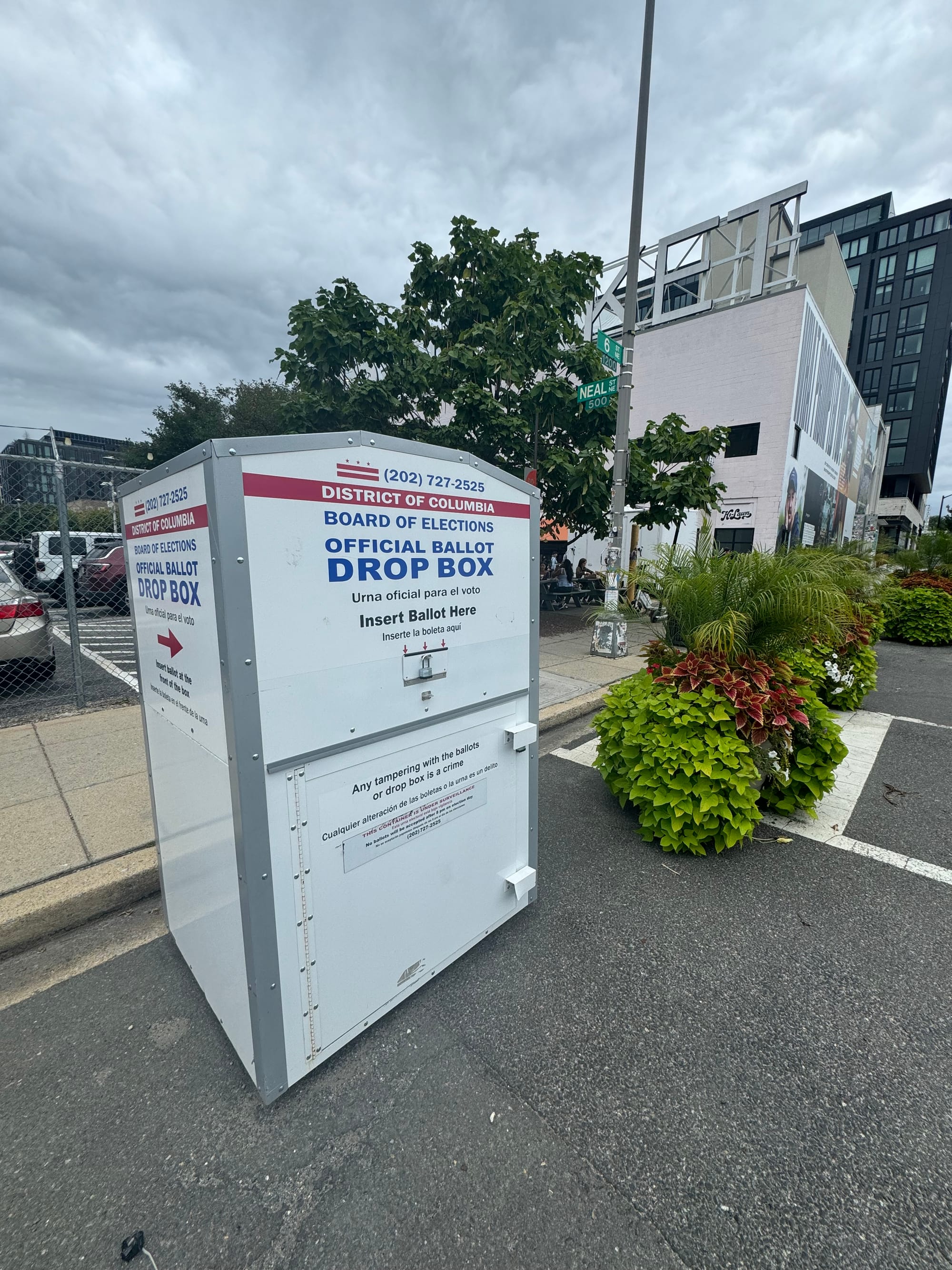
Decades ago, Estonia made digital identity core infrastructure, which in turn led to world-leading digital government services.
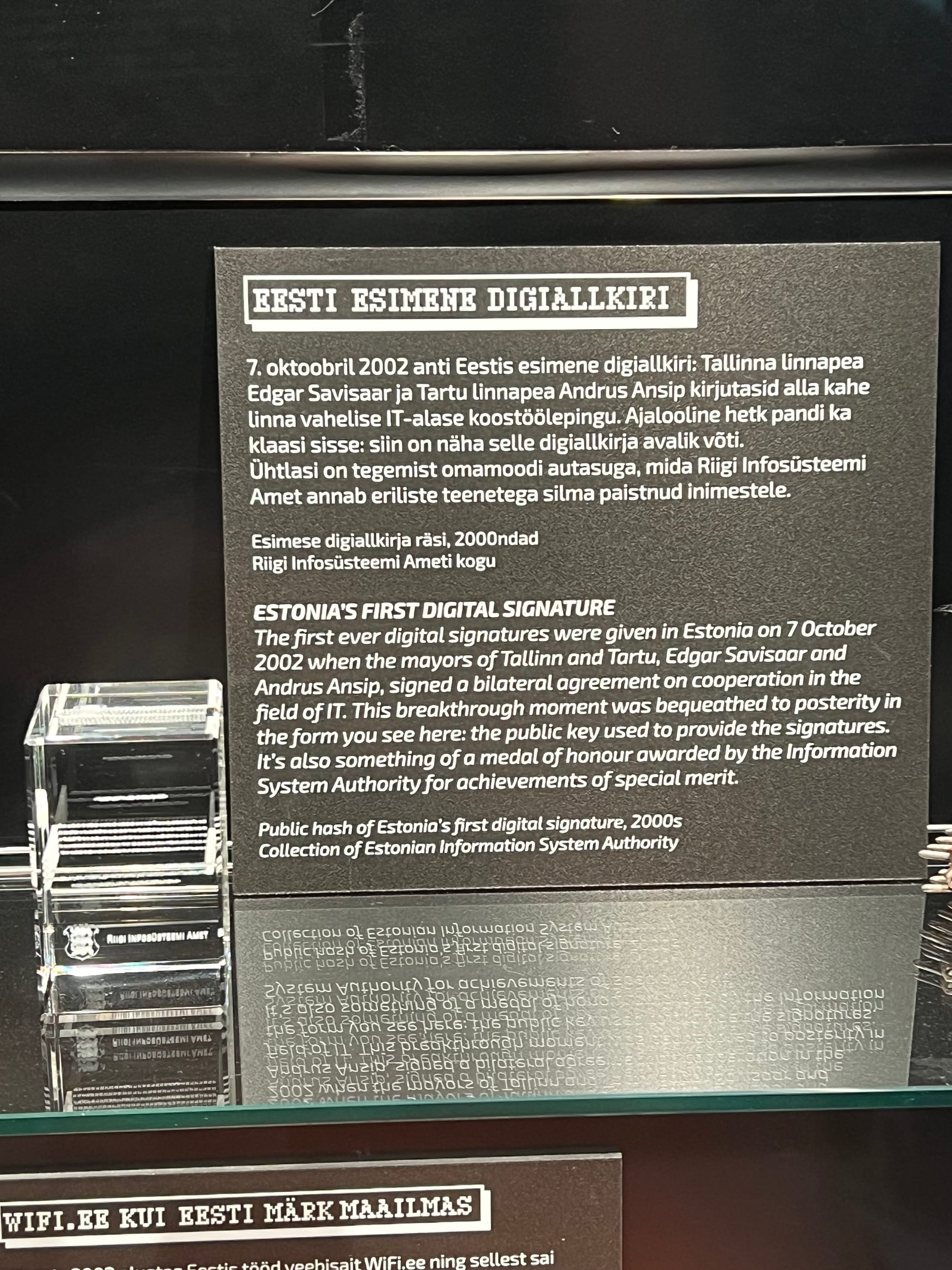
Today, Ukraine is building digital government services that act as infrastructure during years of war.
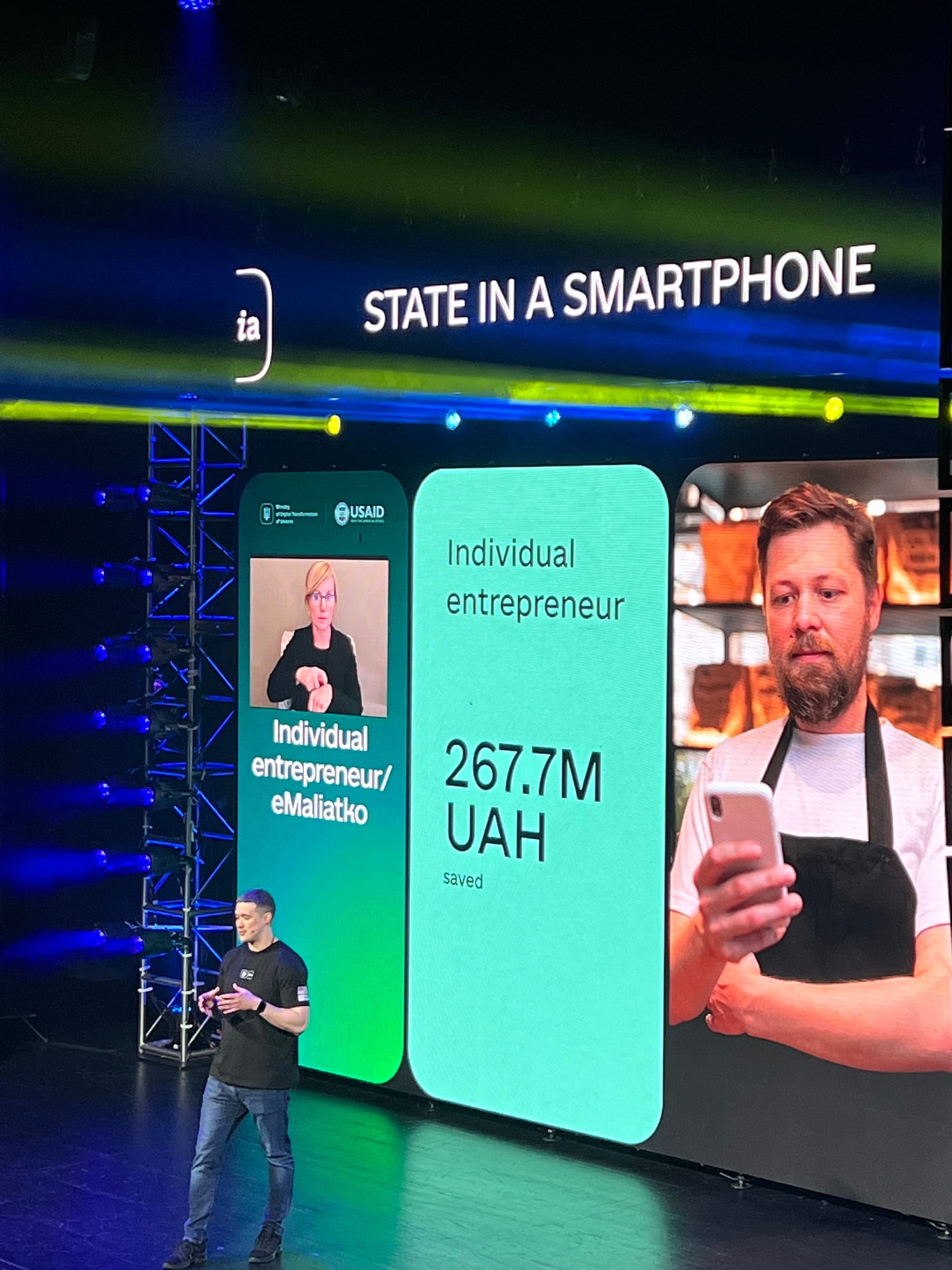
The infrastructure most people identify as such is physical, of course, like the work that’s begun along the Tidal Basin in DC to increase the resilience of that national parkland against flooding.
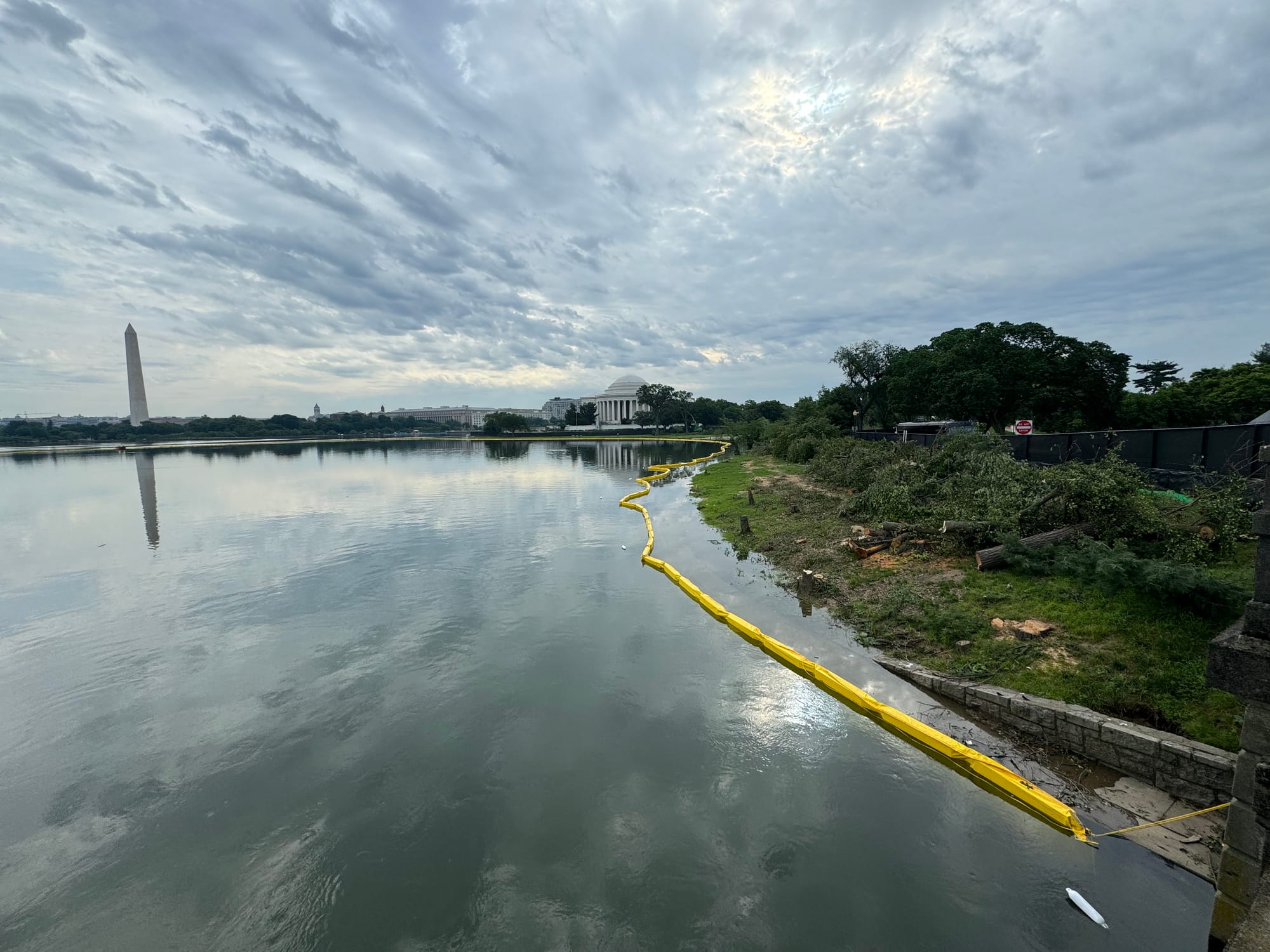
Over a decade ago, I saw similar investments in infrastructure from the stimulus passed in 2009 be catalogued on Recovery.gov (RIP) and shown on the ground.
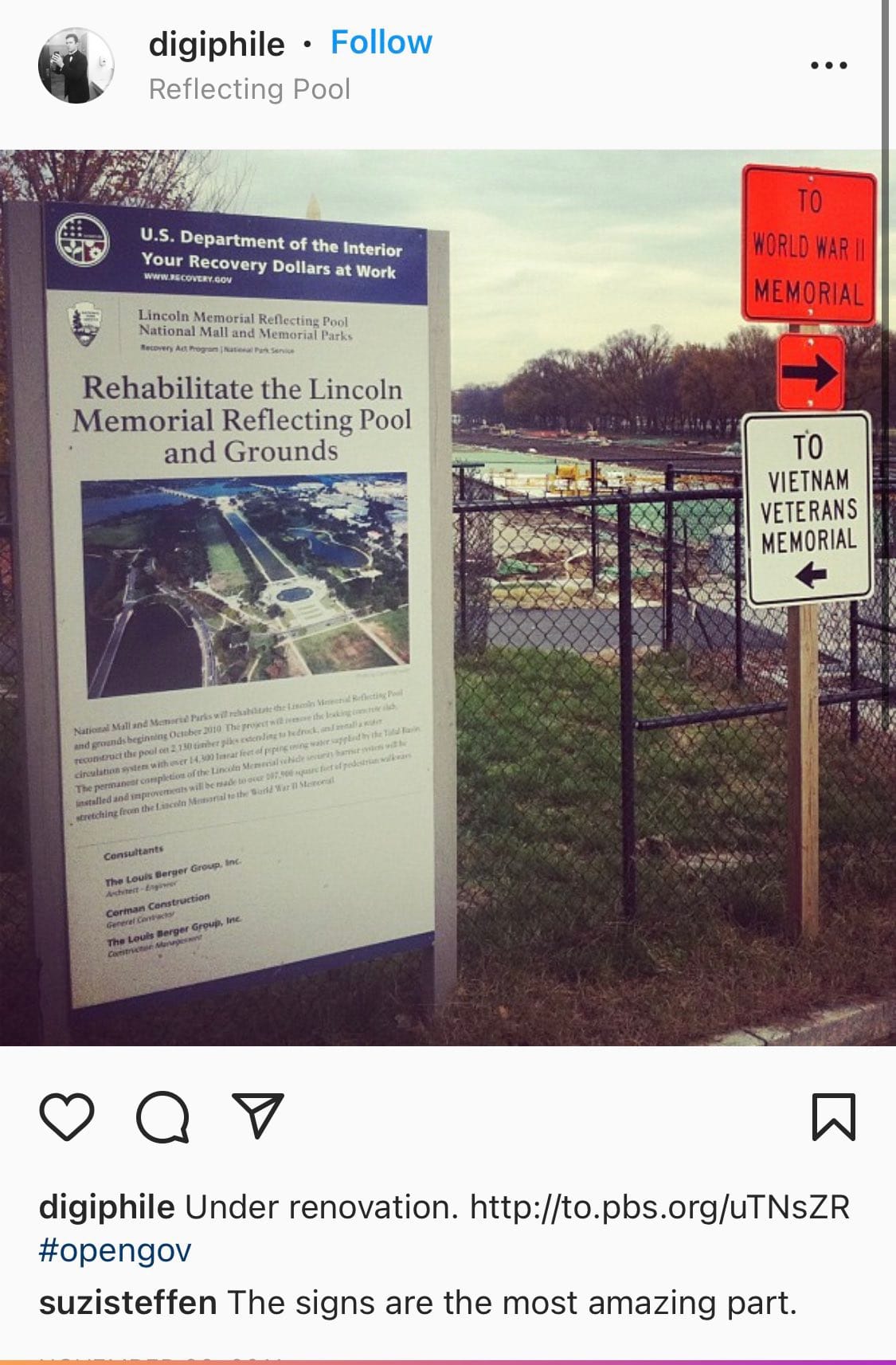
But I am not seeing a similar effort around Invest.gov or Build.gov, which seems like a huge missed opportunity to engage Americans in the implementation of the massive infrastructure bill the last Congress enacted.
I keep watching and waiting for our country to once again show its work, prevent fraud, build back trust over time, and engage us in those efforts. 2025 may bring better.
If you see new infrastructure in your community, please share it with me at alex@governing.digital, and I’ll follow up in a future piece.
As always, thank you for subscribing and amplifying Civic Texts, which will not be sustainable without you.
Many thanks to everyone who has supported my work, particularly folks who have subscribed to memberships since our soft launch in April.
Please keep sharing these newsletters on social media and forwarding them on email. Organic growth by word of mouth and social recommendations is incredibly helpful.
You can always write to me with questions, comments, tips, features, or other feedback at alex@governing.digital or call/text at 410-849-9808. -Alex

